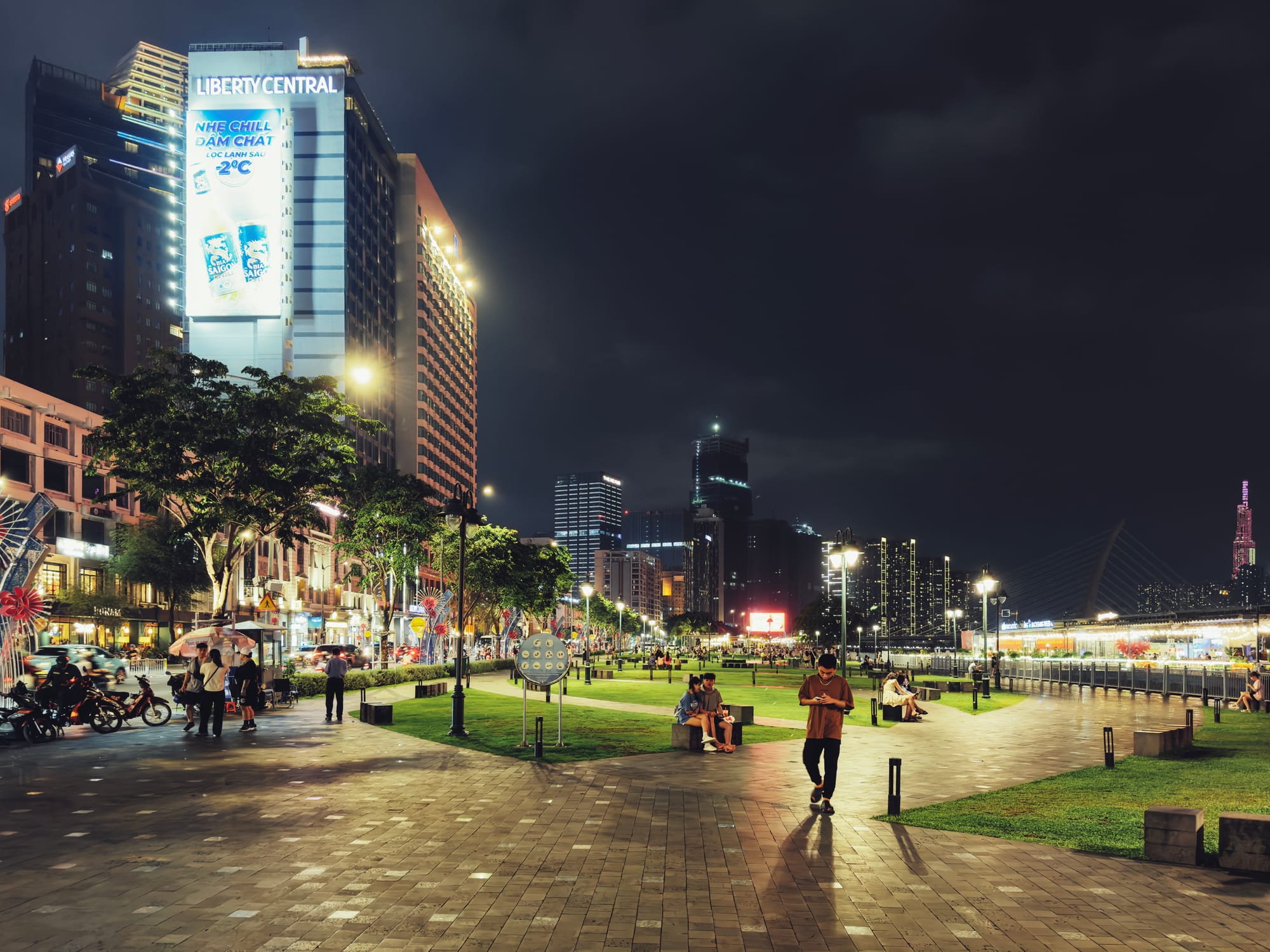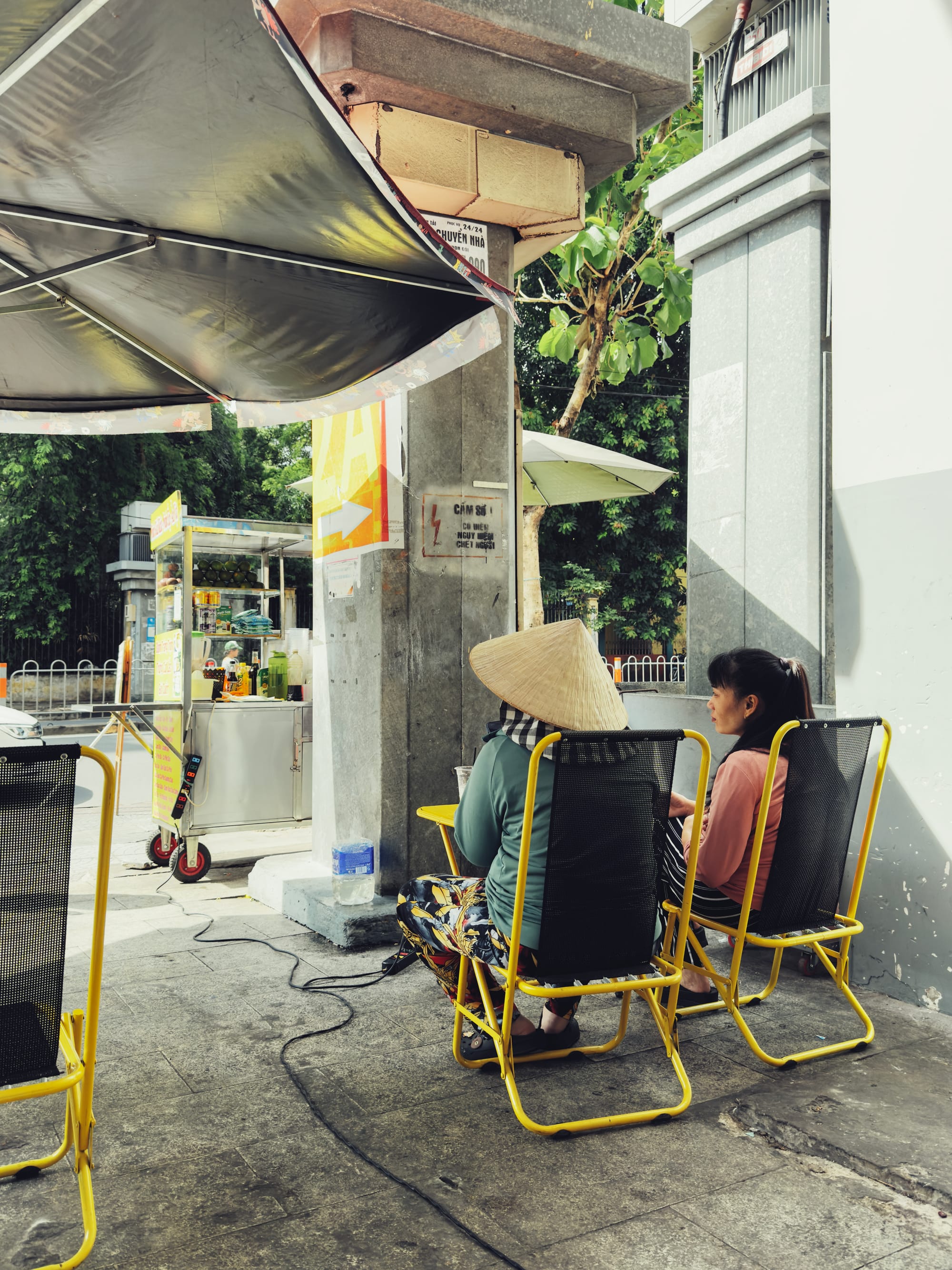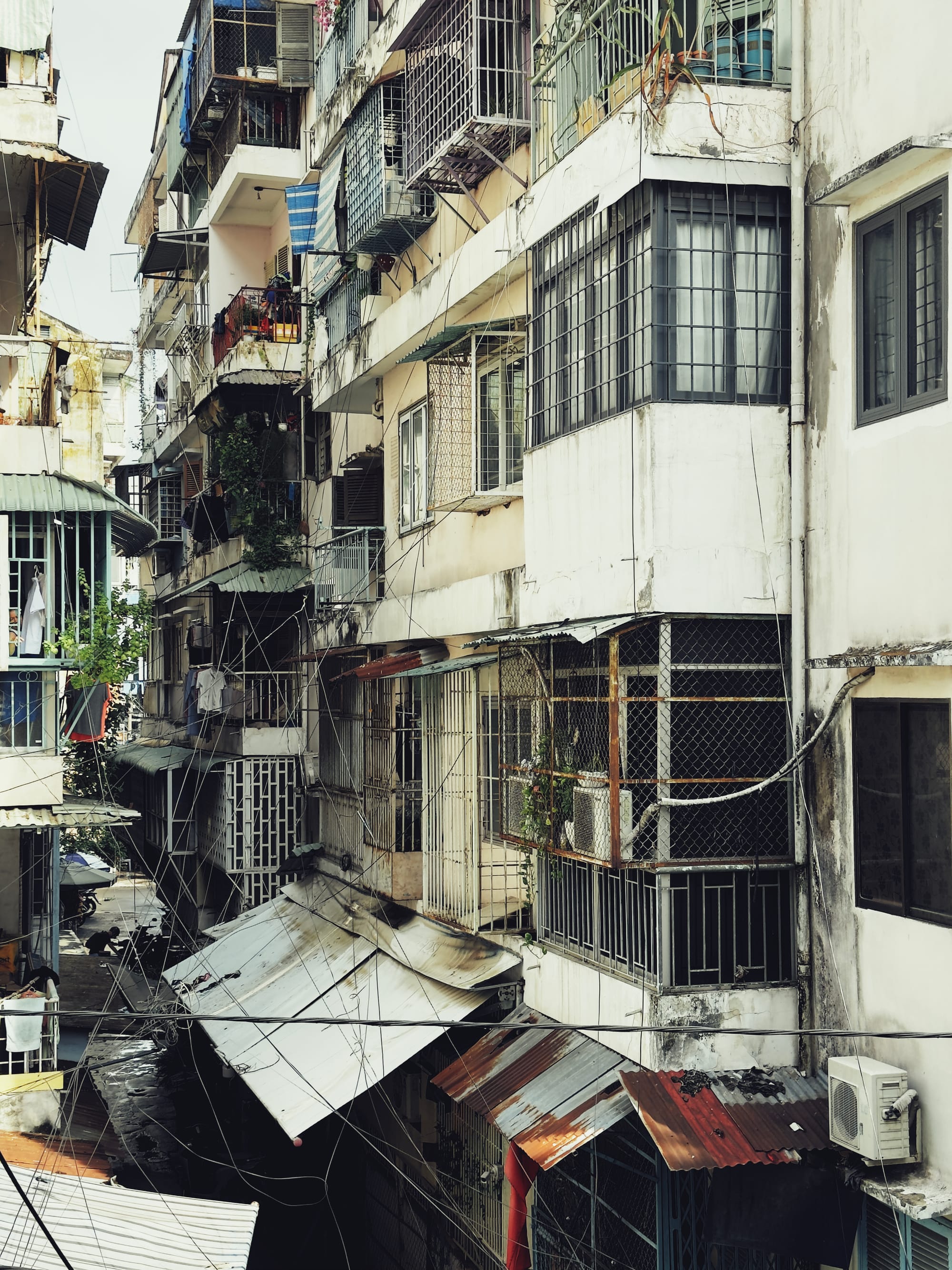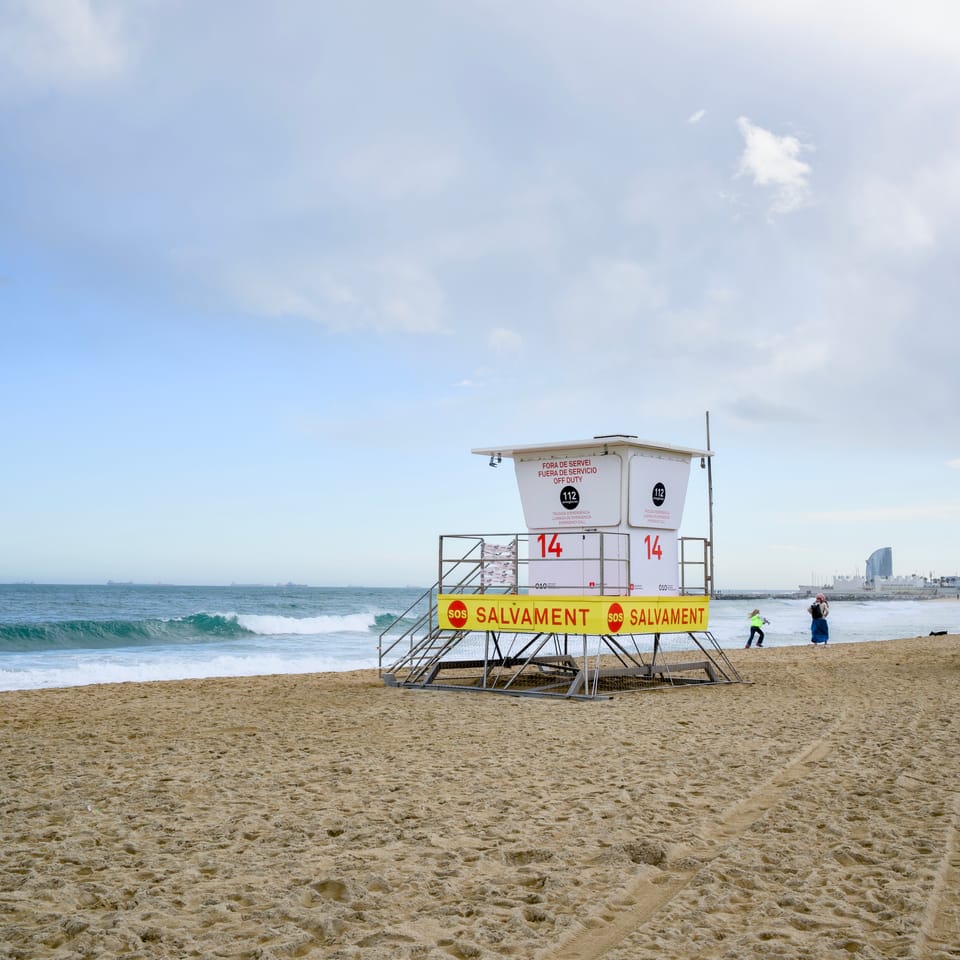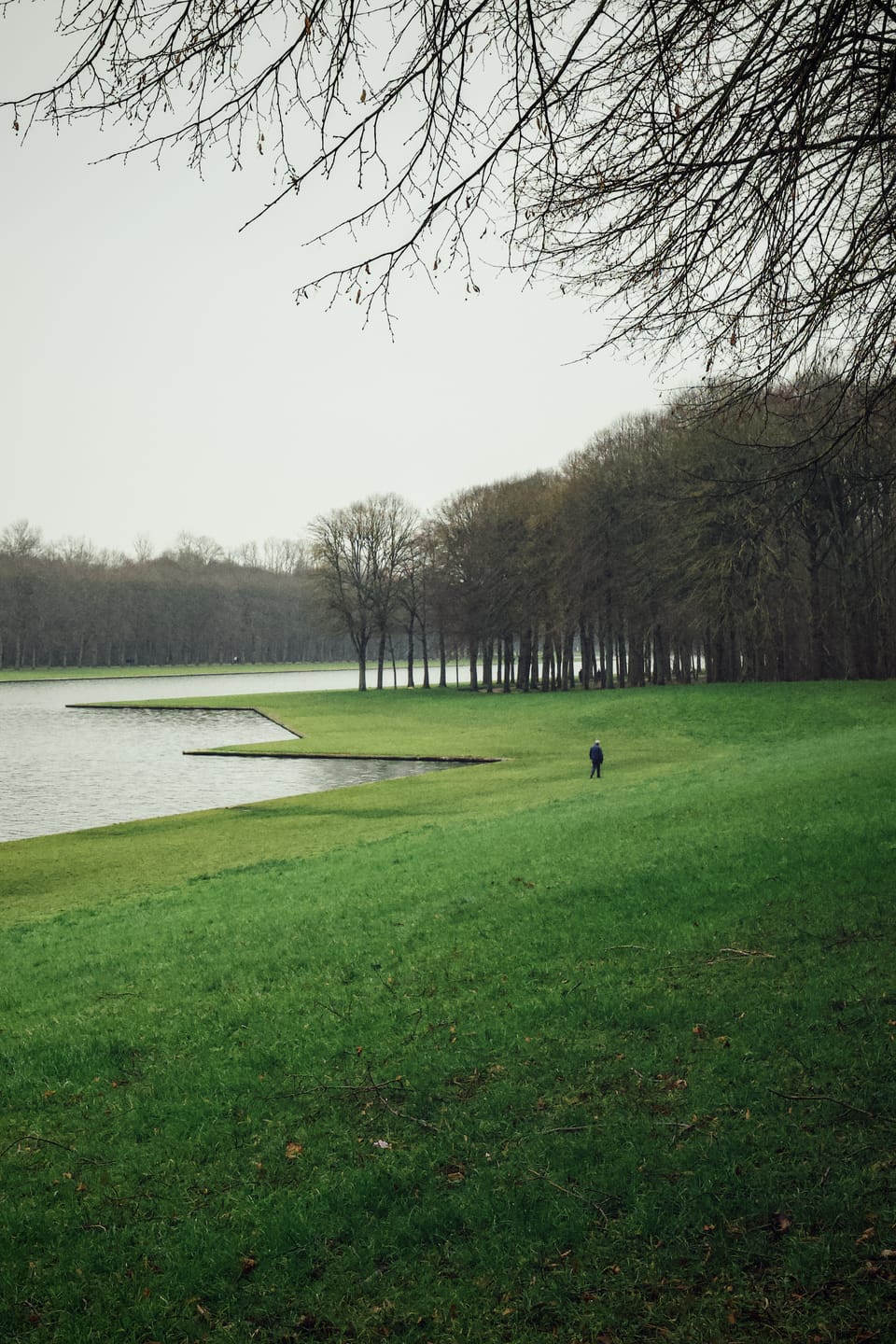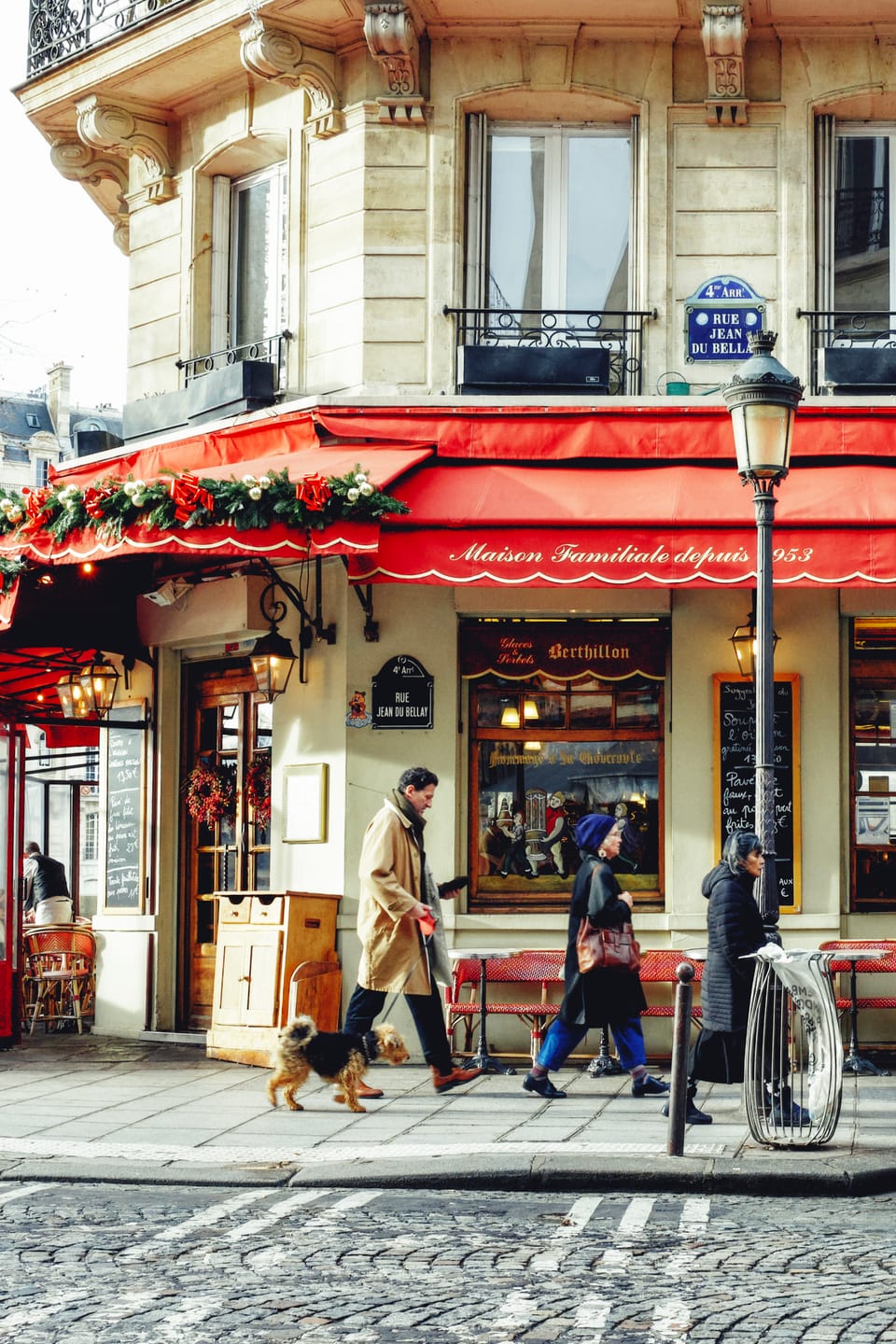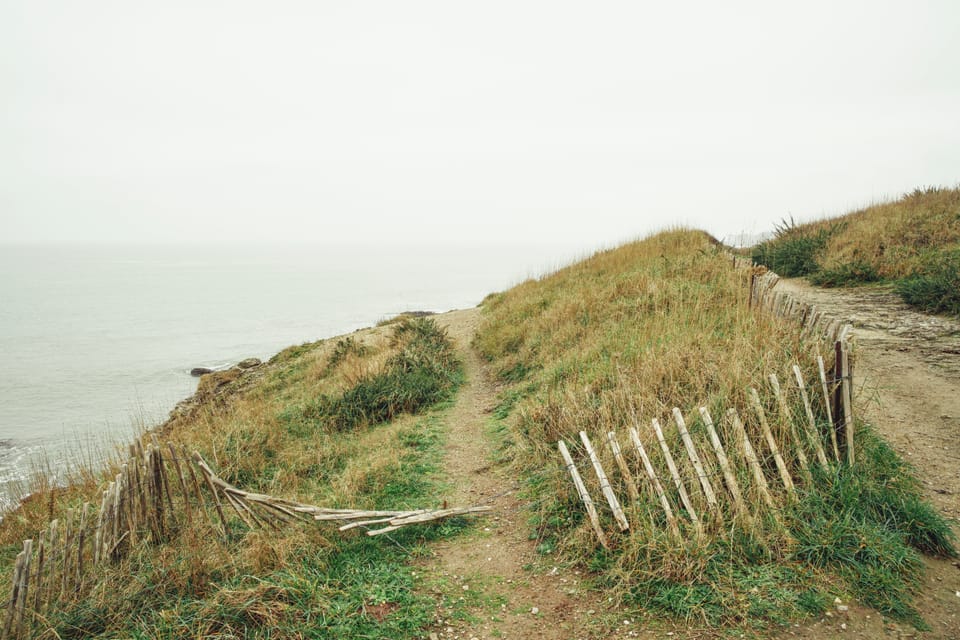Việt Nam

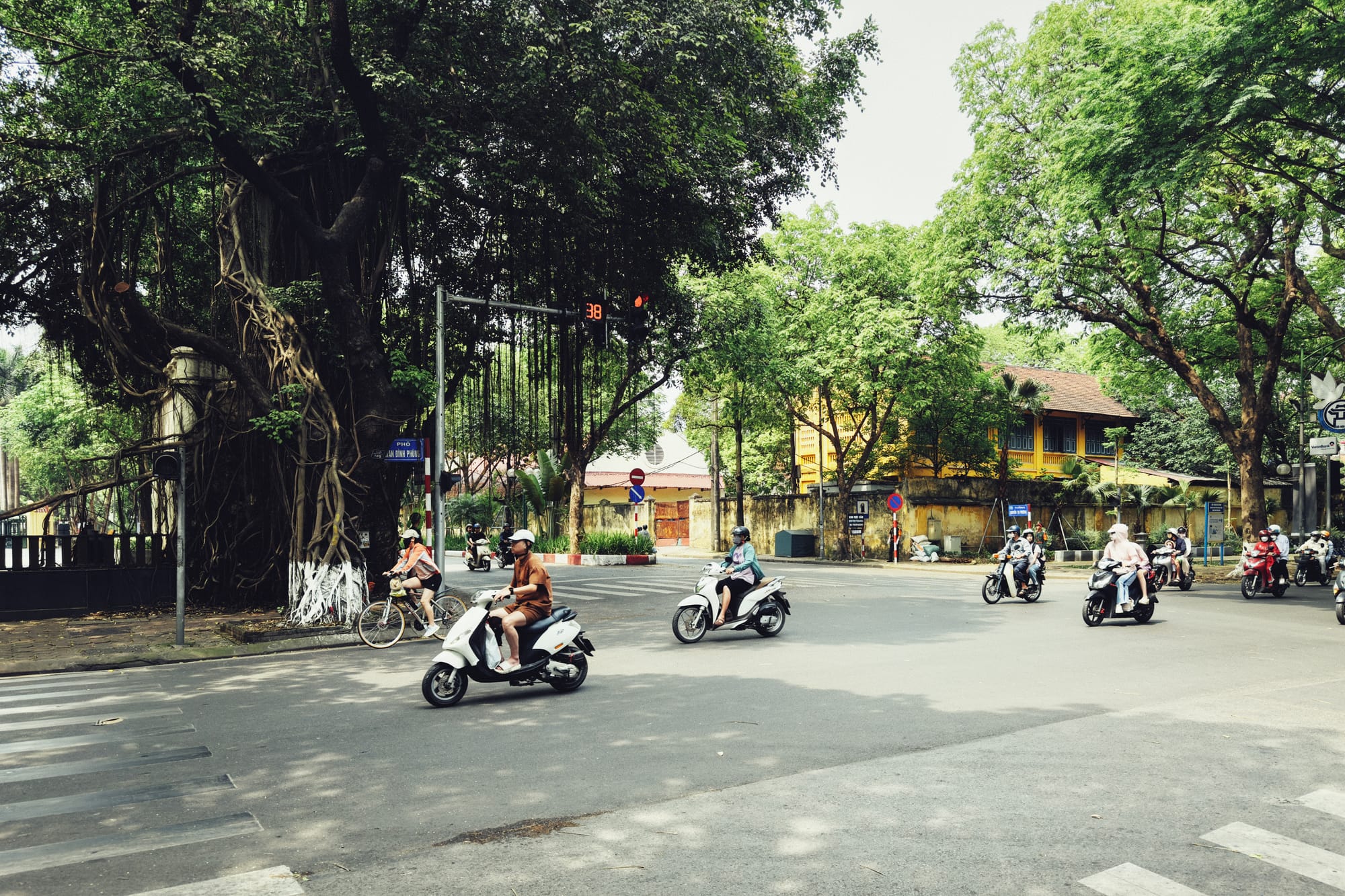
Hà Nội
Hanoi, the capital of Vietnam, is a vibrant city rich in history and culture. Located on the western bank of the Red River, it serves as the country’s political, cultural, and educational center. With a population exceeding 8.5 million, Hanoi is known for its unique blend of ancient traditions and modern influences, highlighted by its tree-lined streets, bustling markets, and scenic lakes such as Hoan Kiem Lake. Hanoi’s Old Quarter is famous for its narrow streets and colonial architecture, offering a glimpse into its storied past while remaining a hub of commerce and daily life.
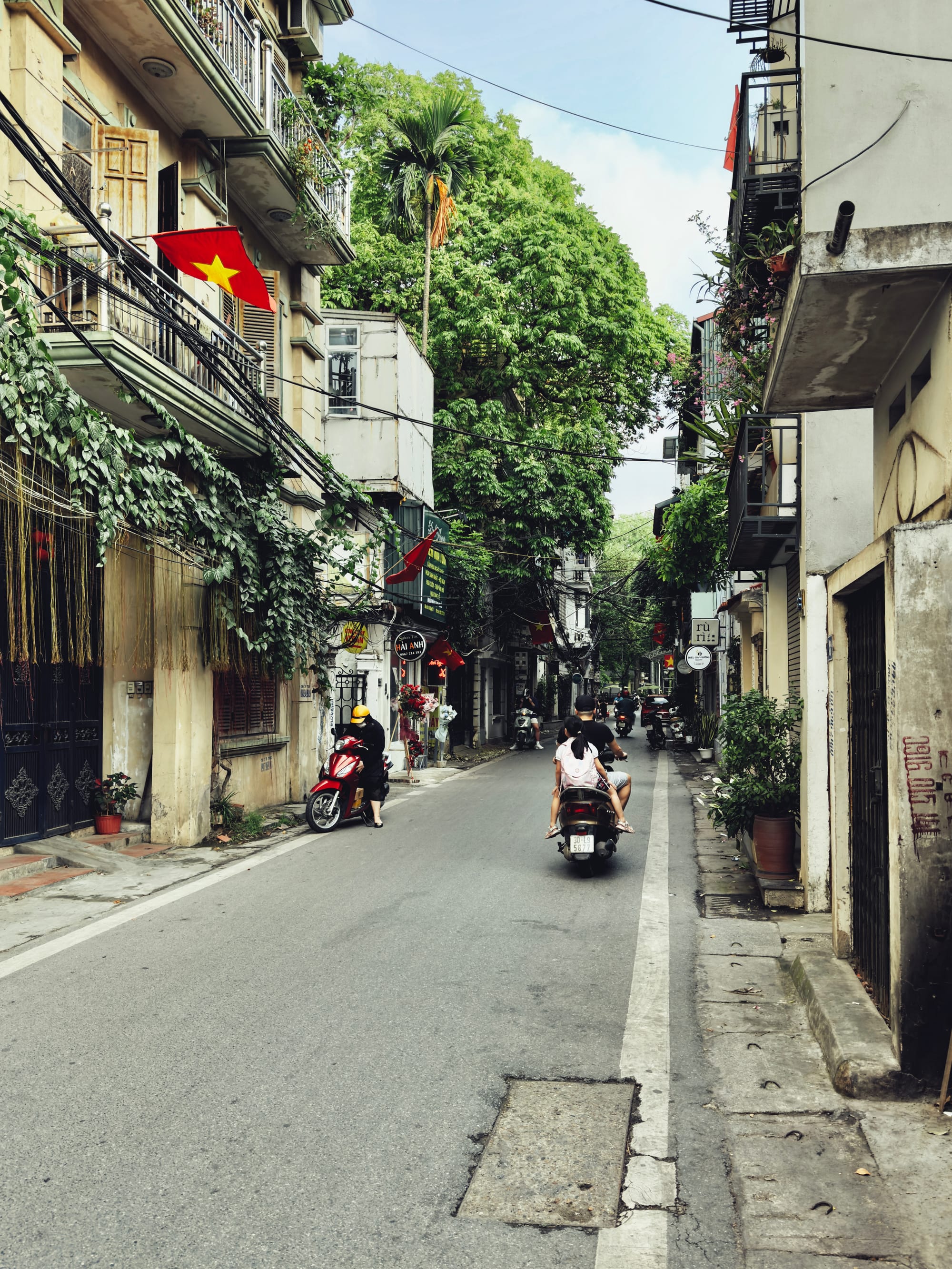
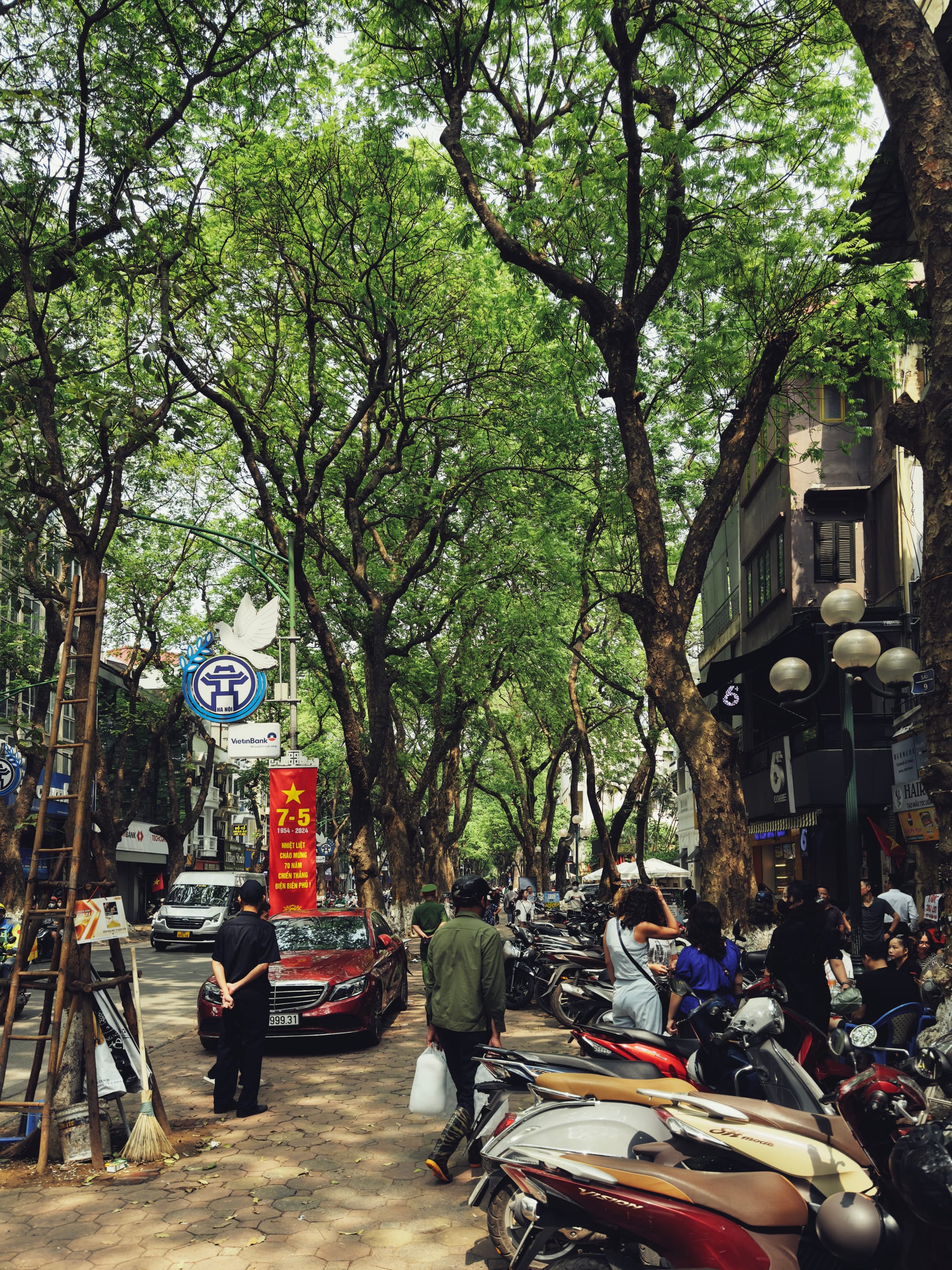
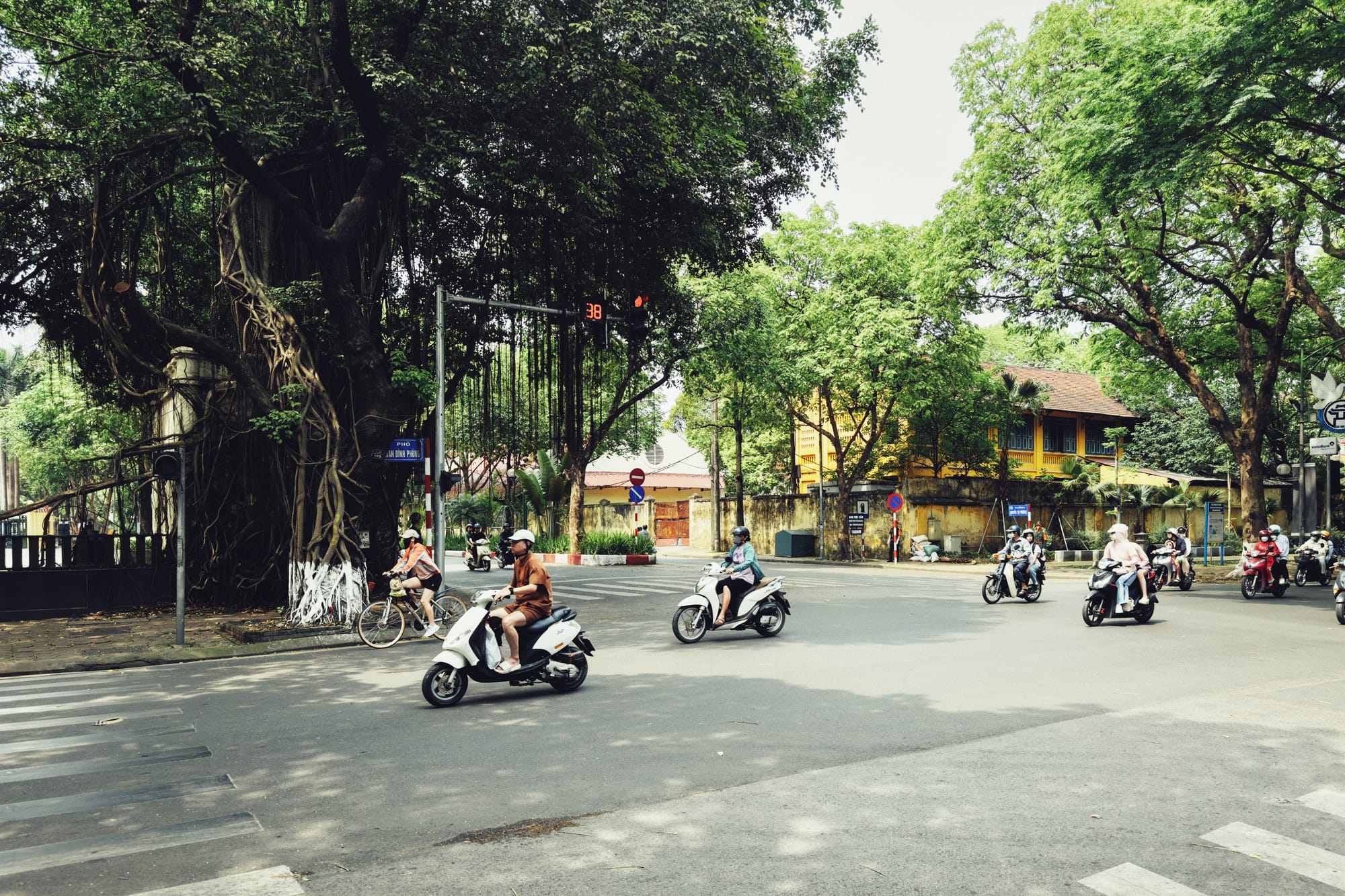
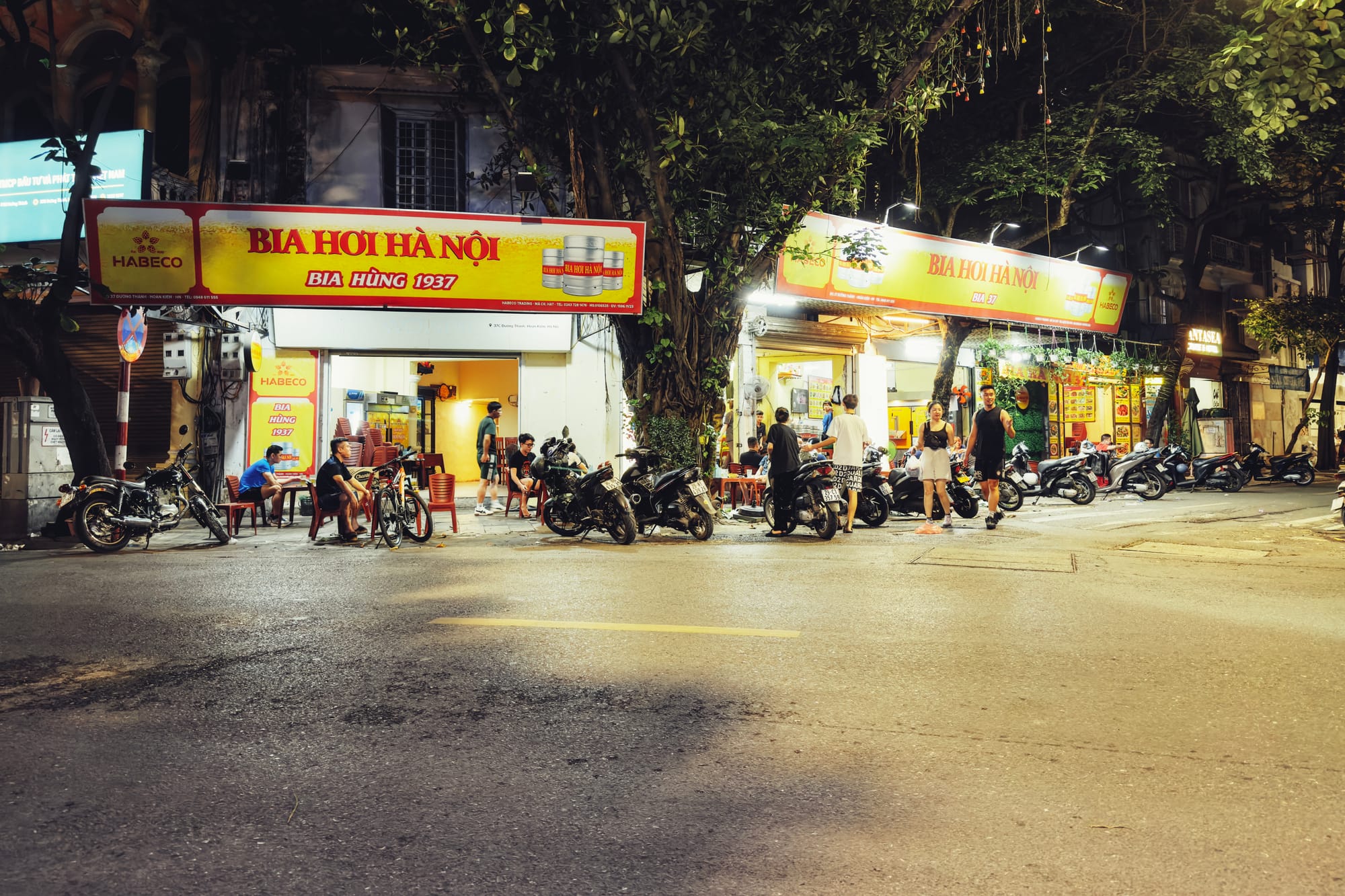
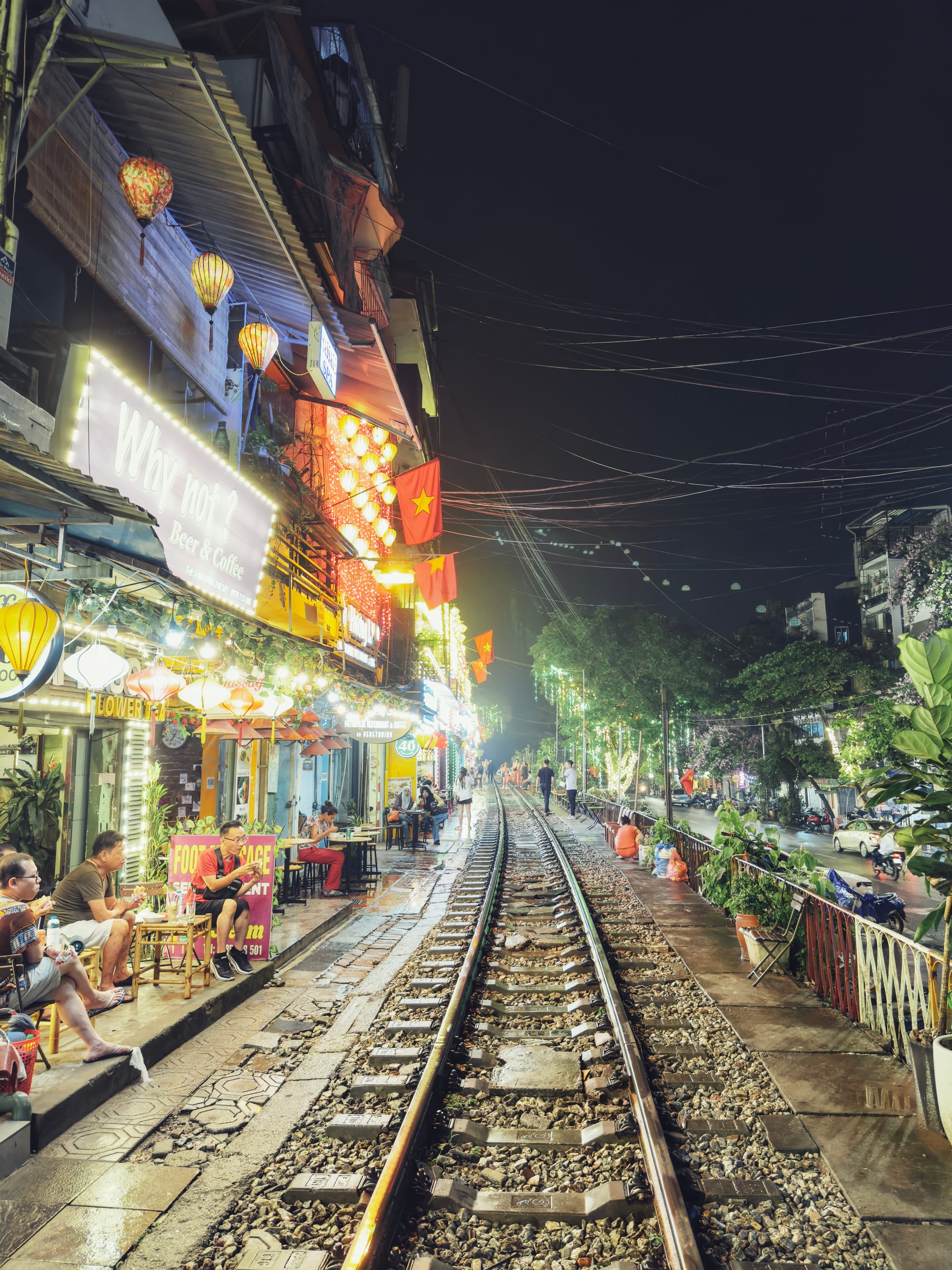
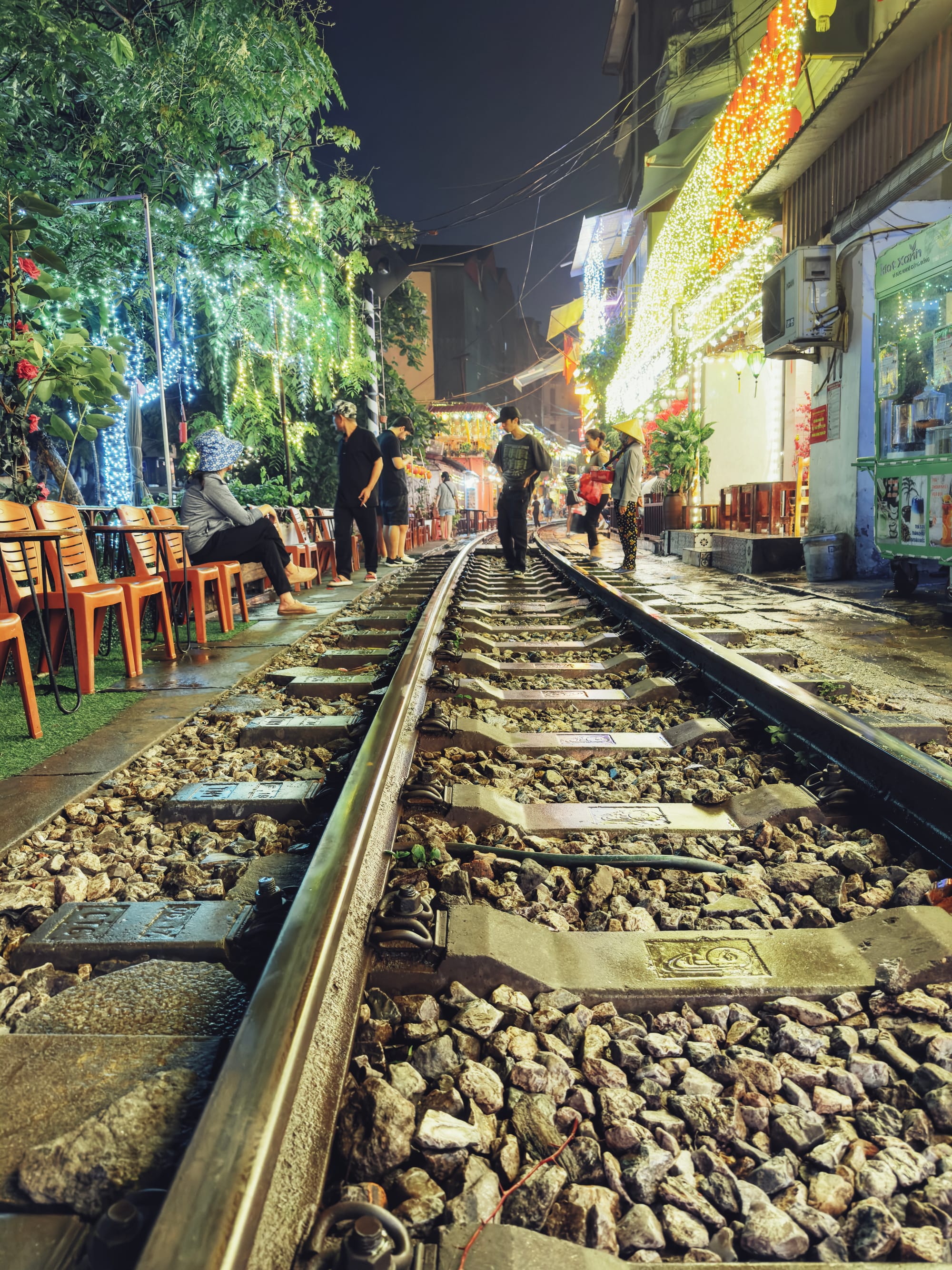
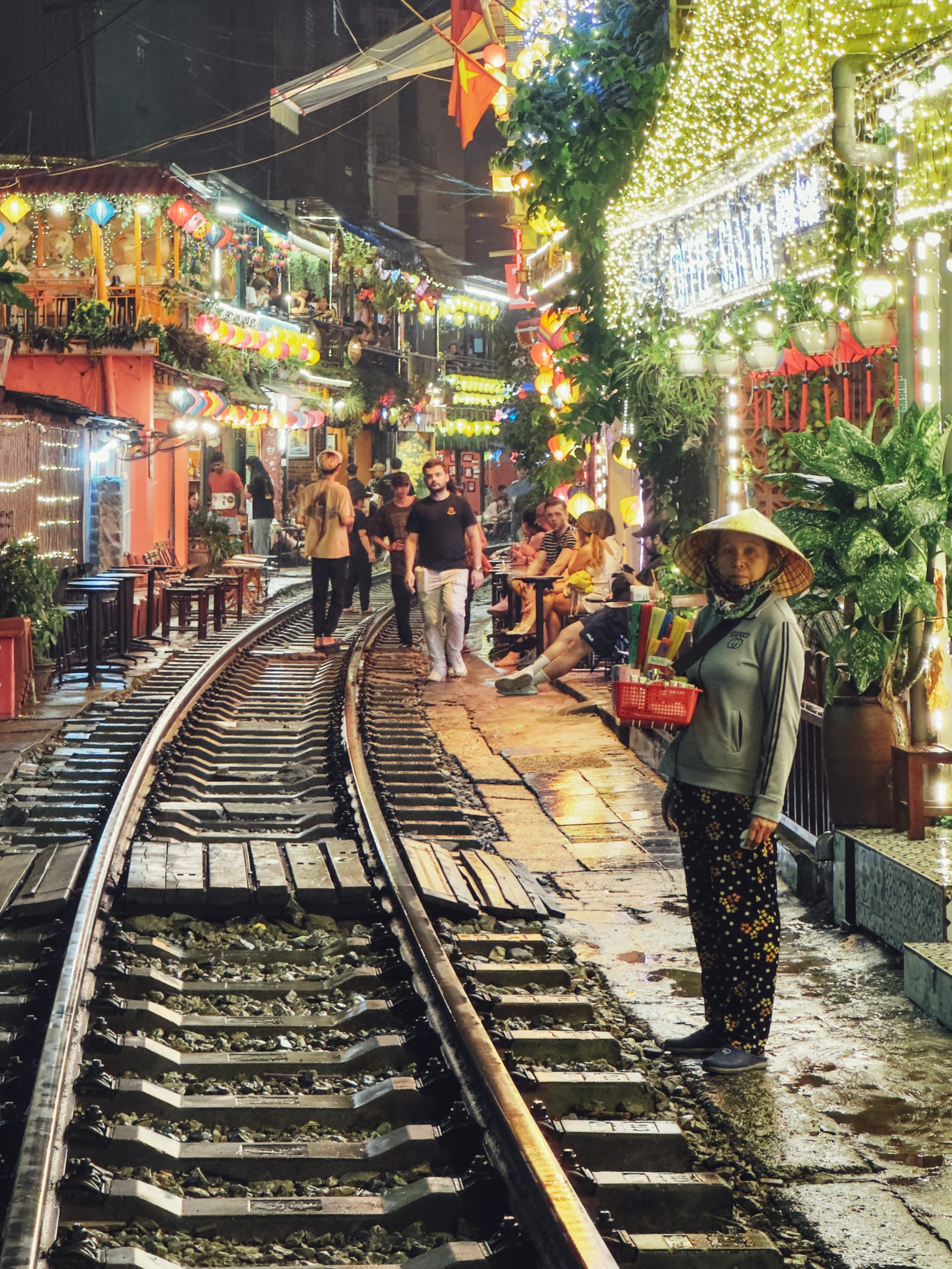
The Hanoi’s Train Street is a unique and iconic feature of the city, with its origins dating back to the early 20th century. Initially, these tracks were constructed in relatively remote areas of Hanoi, but as the city expanded, residential and commercial buildings gradually encroached closer to the tracks.
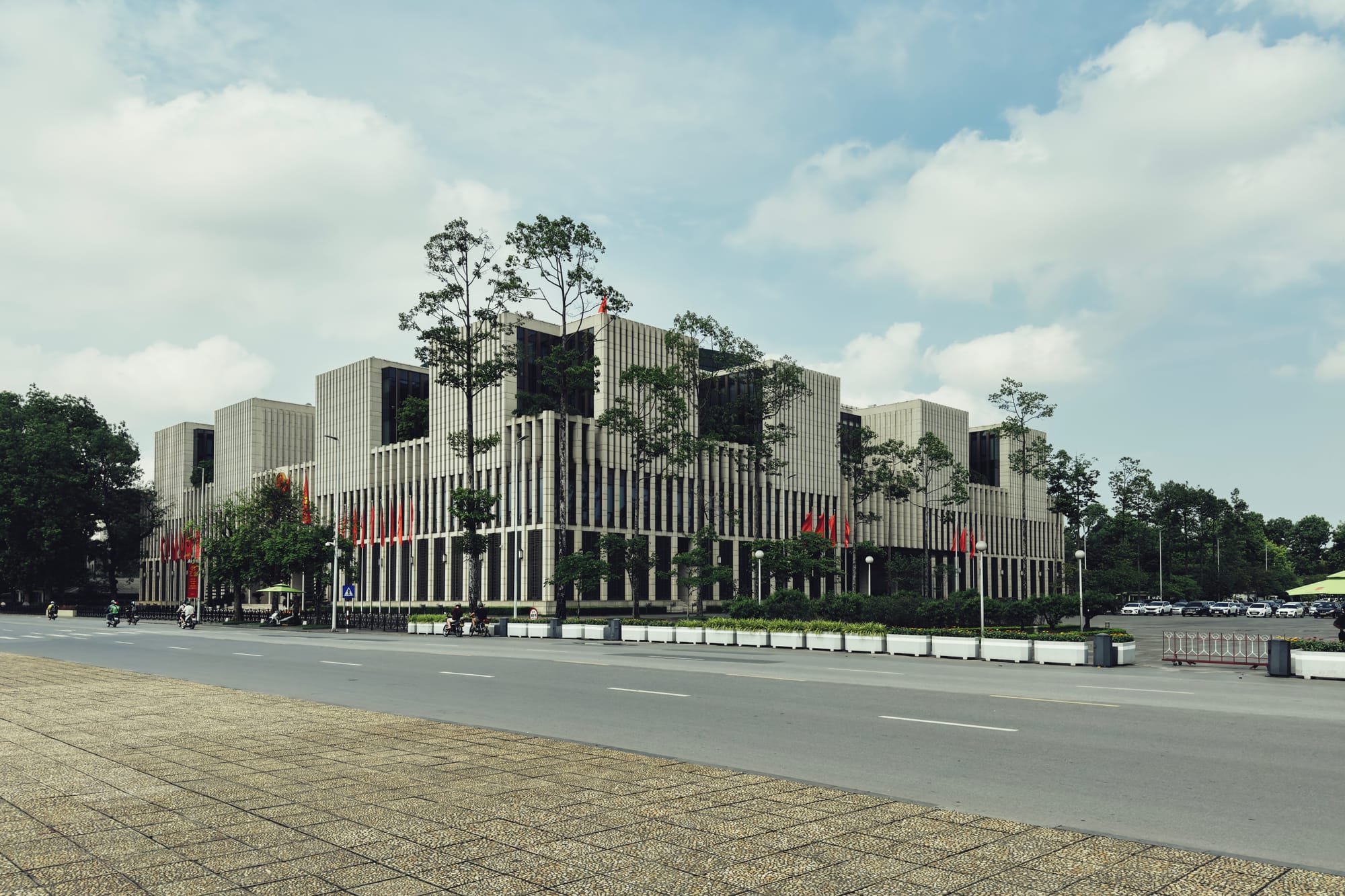
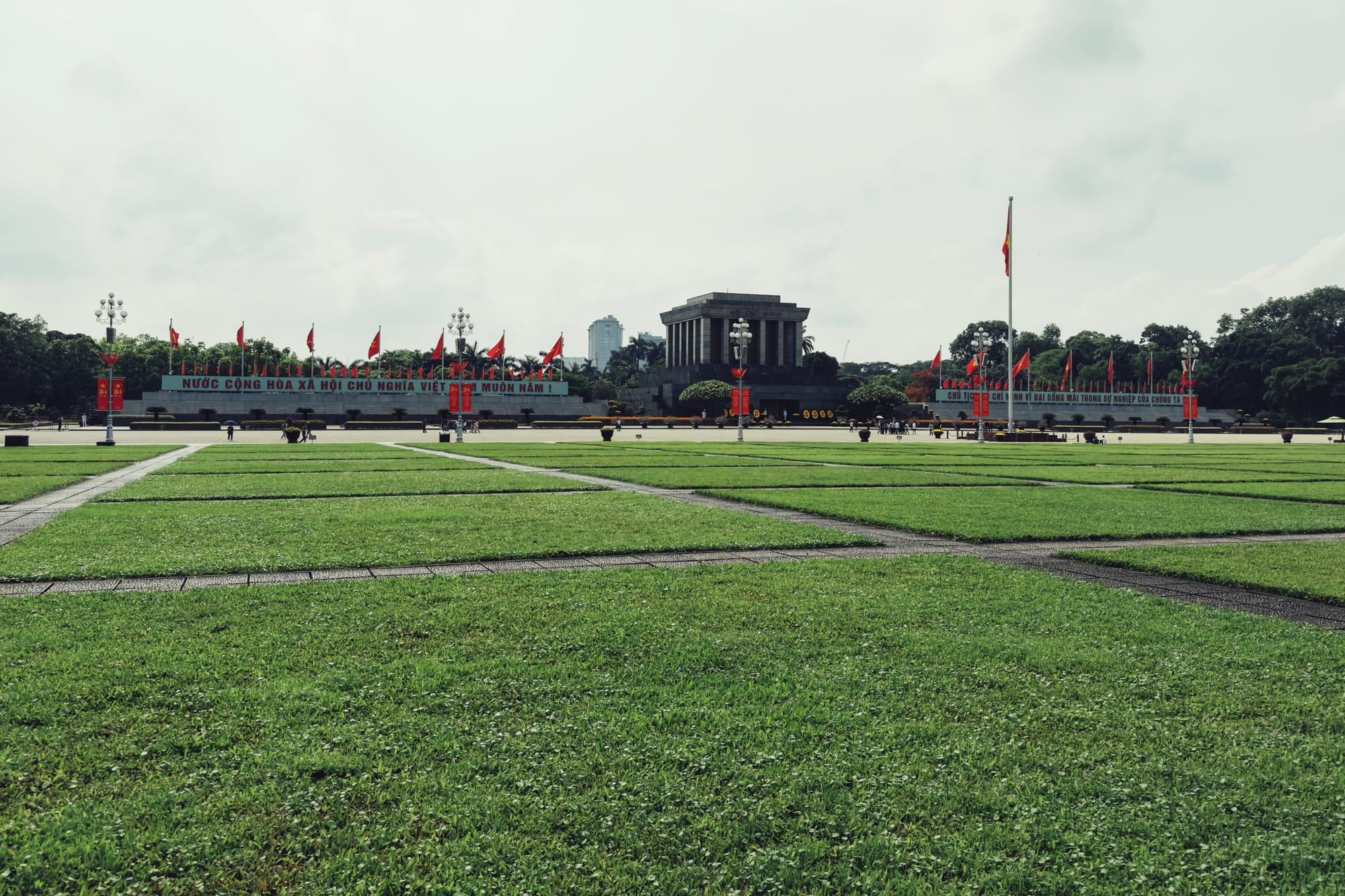
Hà Giang
The province of Hà Giang is a mountainous region located in the far north of Vietnam, sharing a 275 km border with China. It is characterized by a spectacular topography composed of high mountains, deep valleys, and unique karst landscapes.
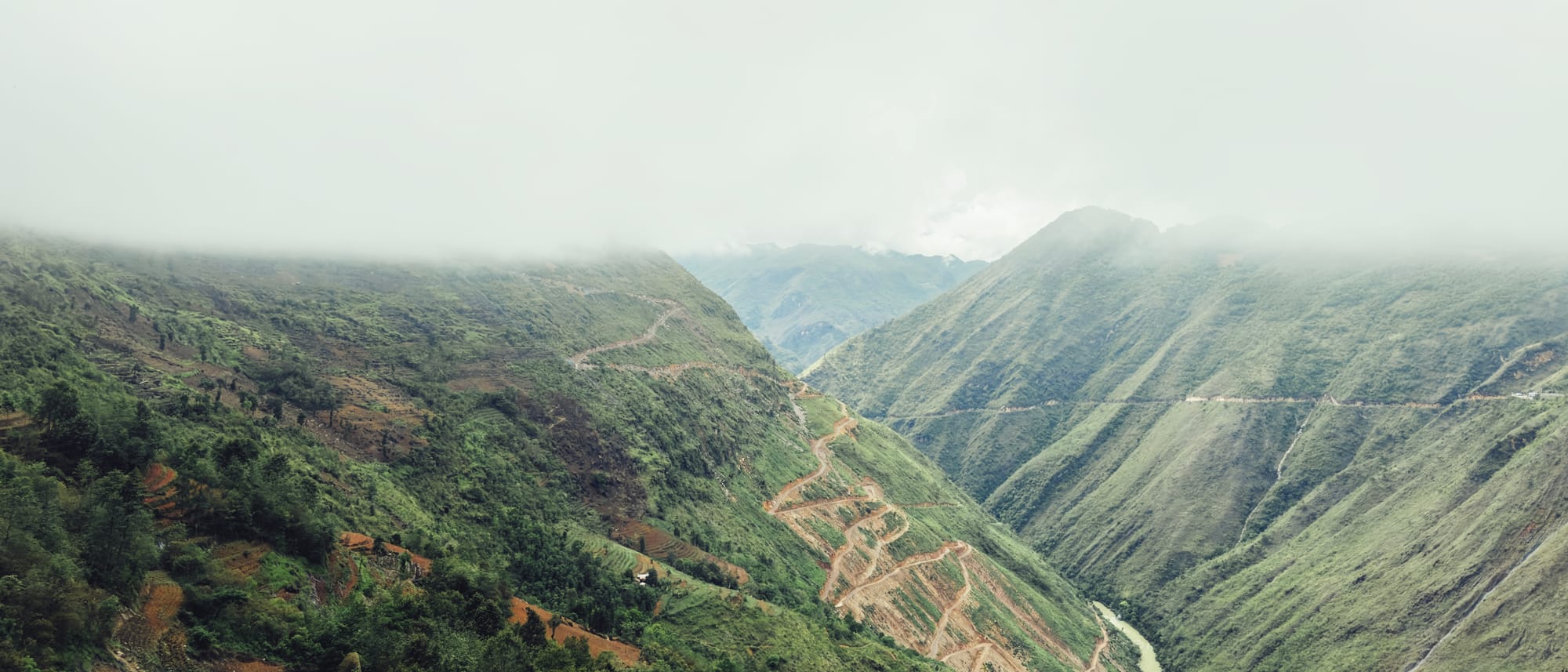
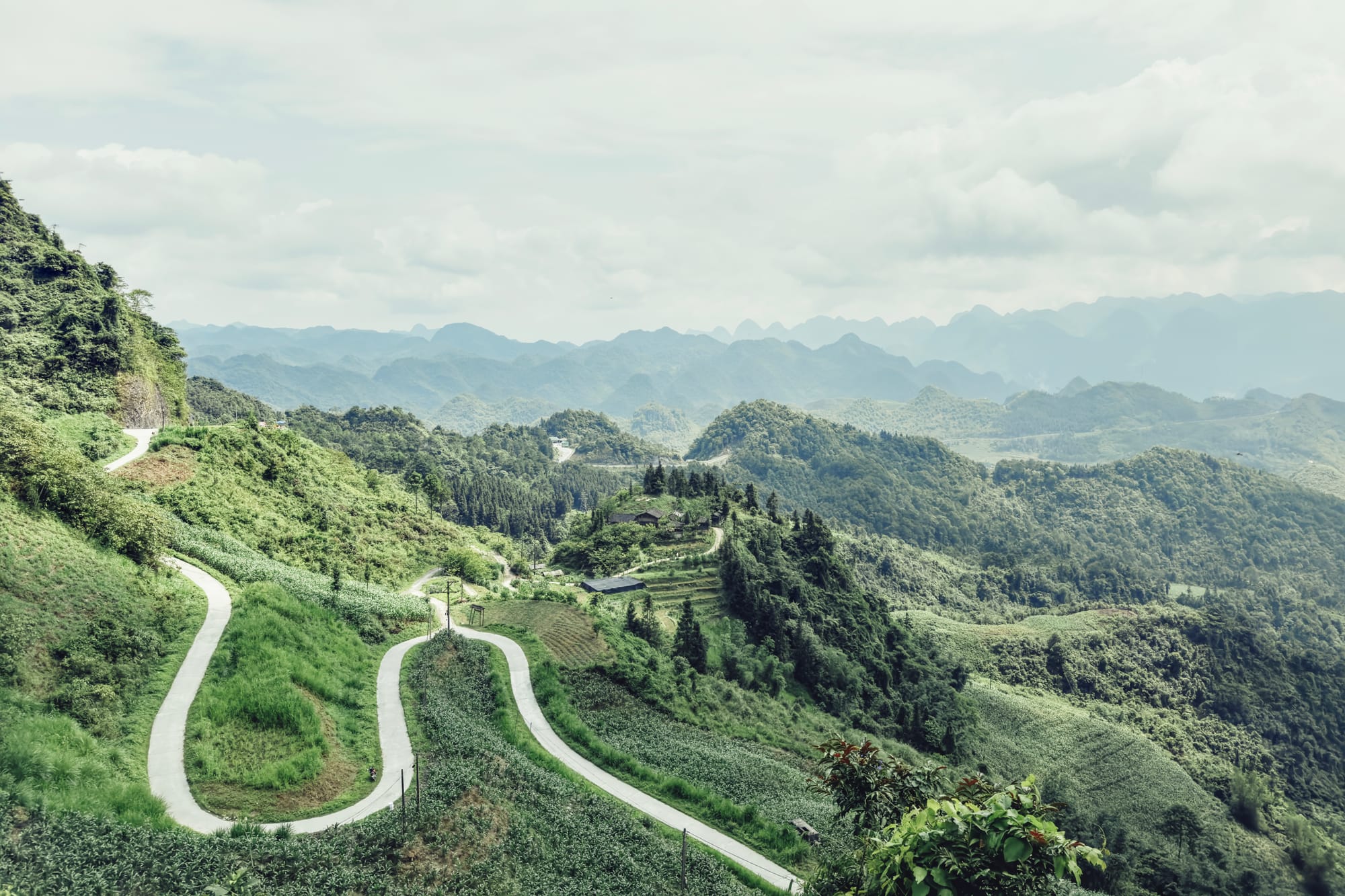
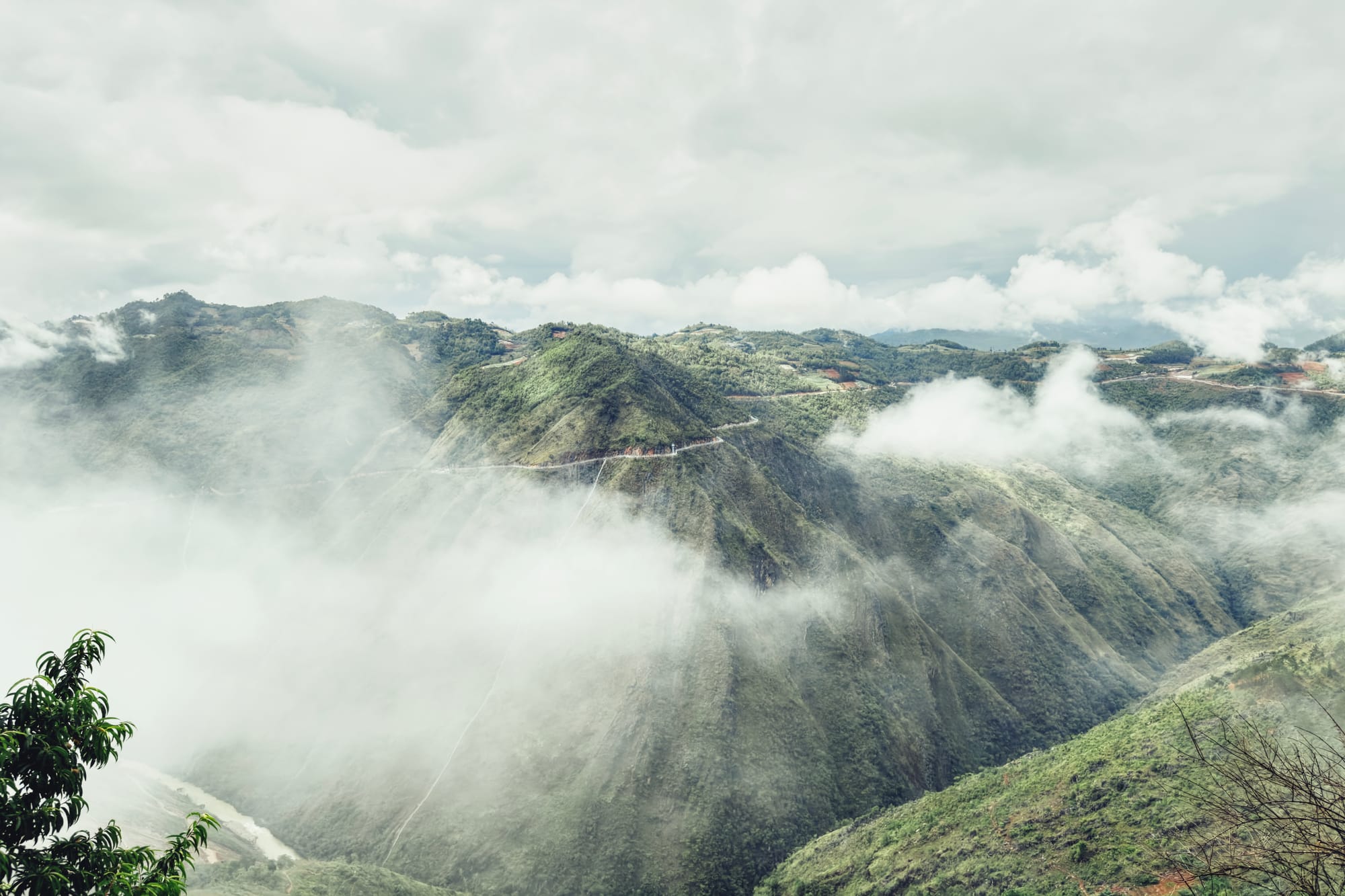
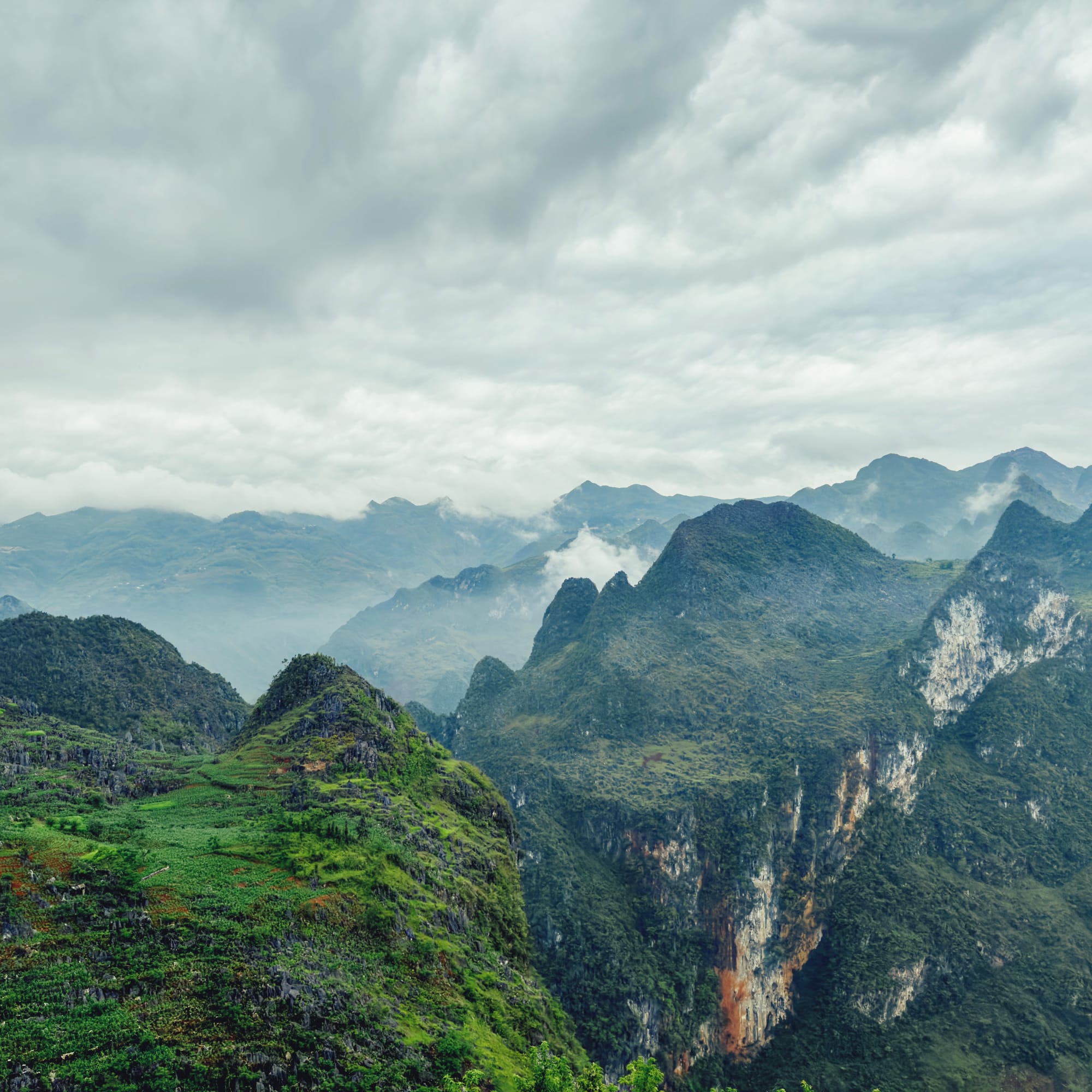
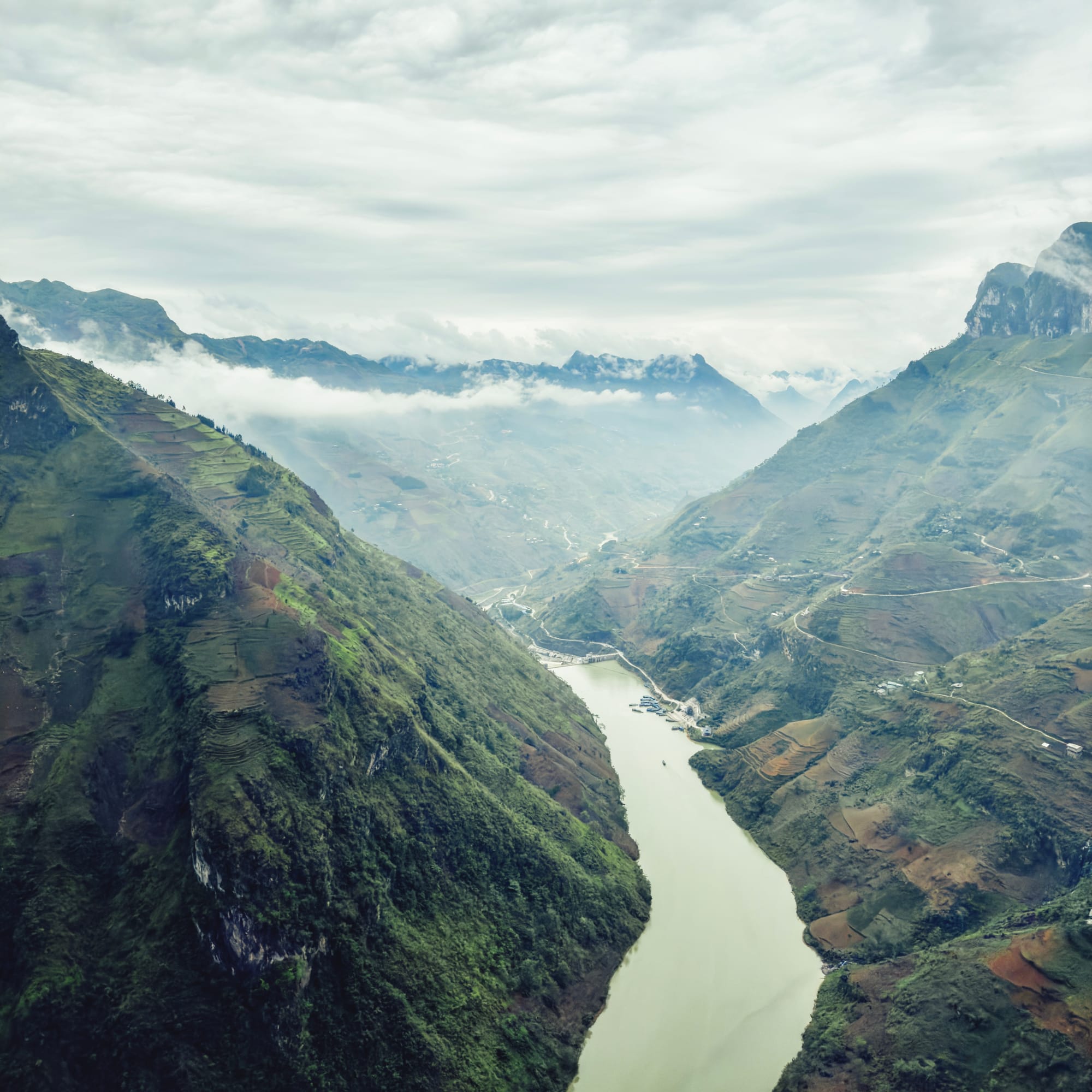
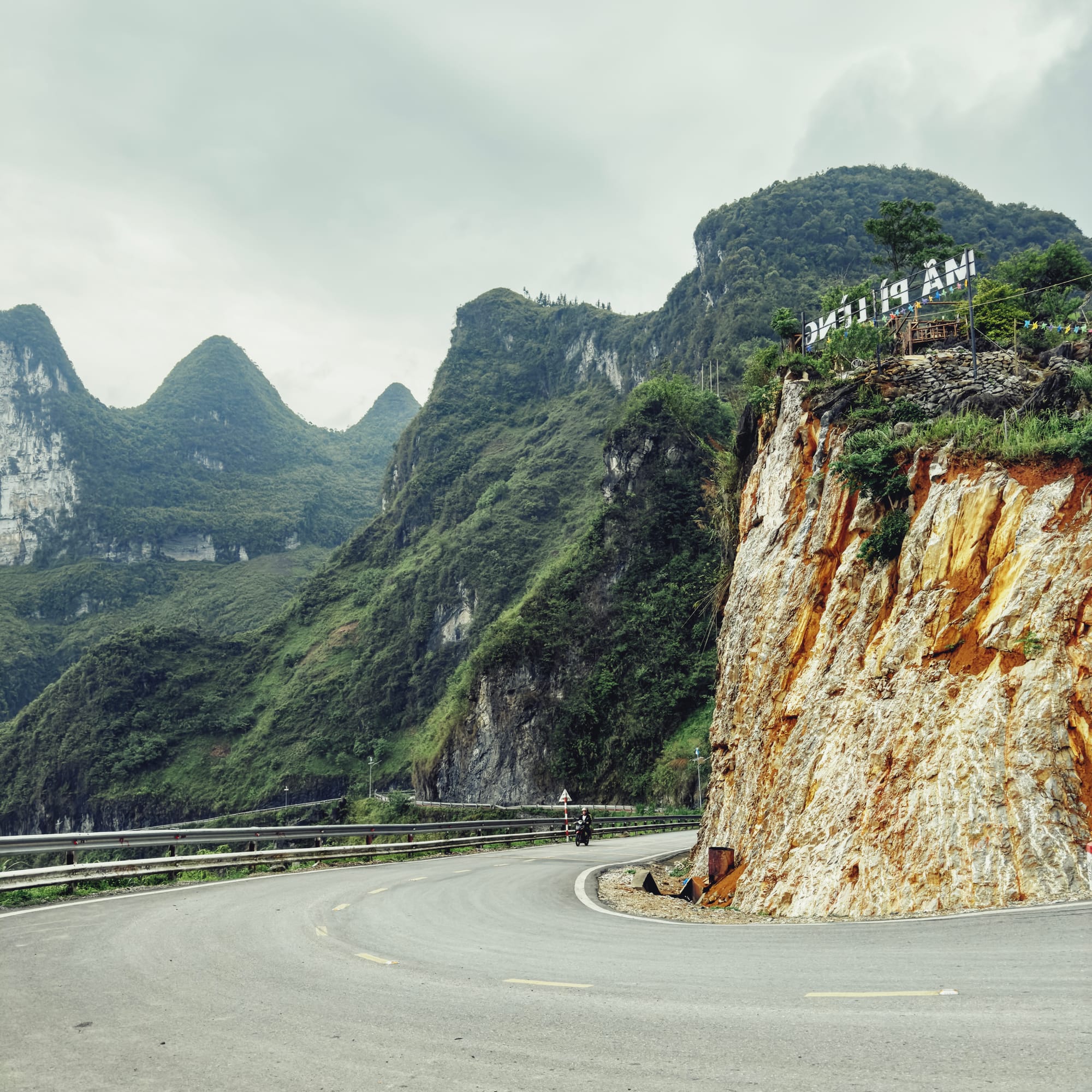
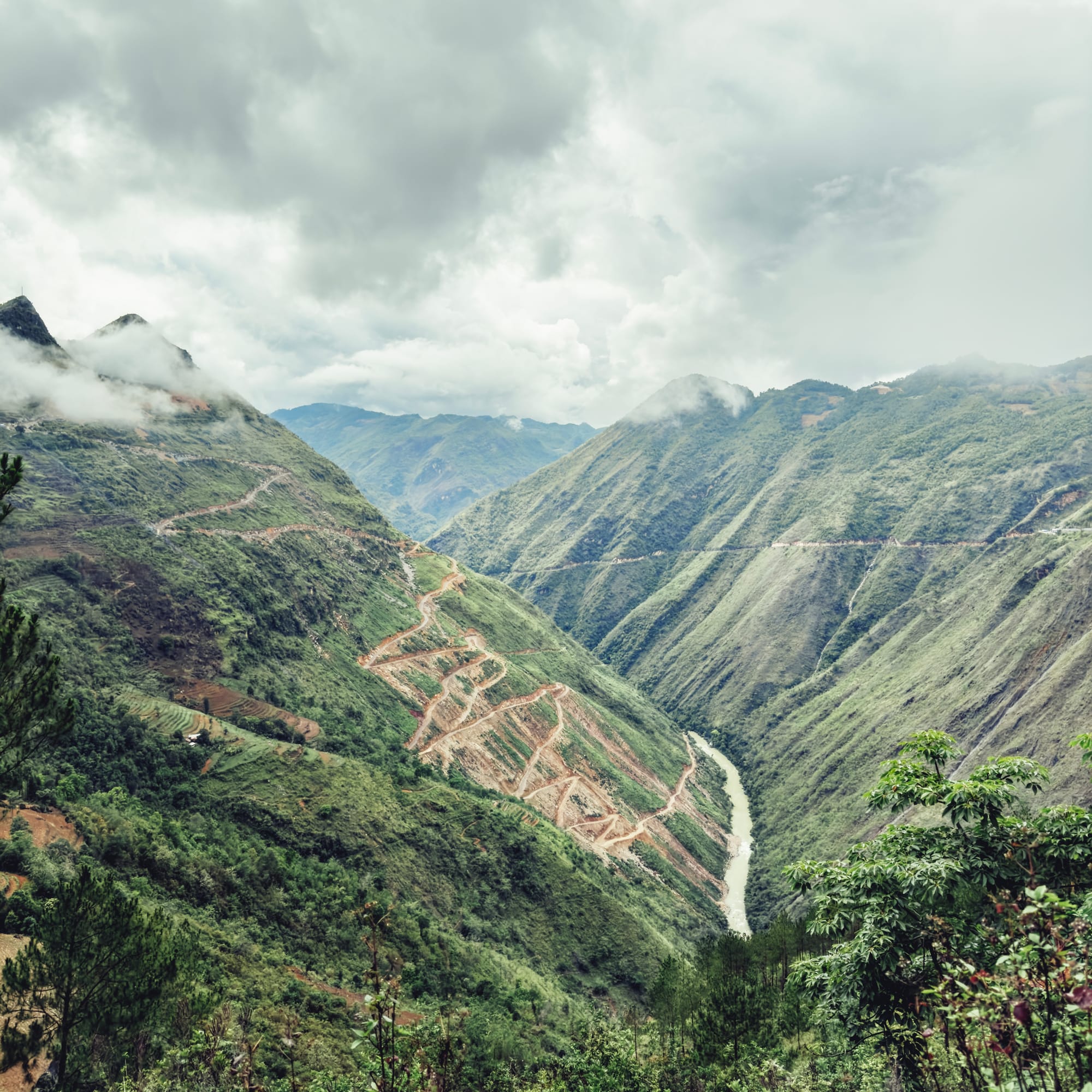
The Hà Giang province is characterized by its mountains, valleys, steep roads and rivers.
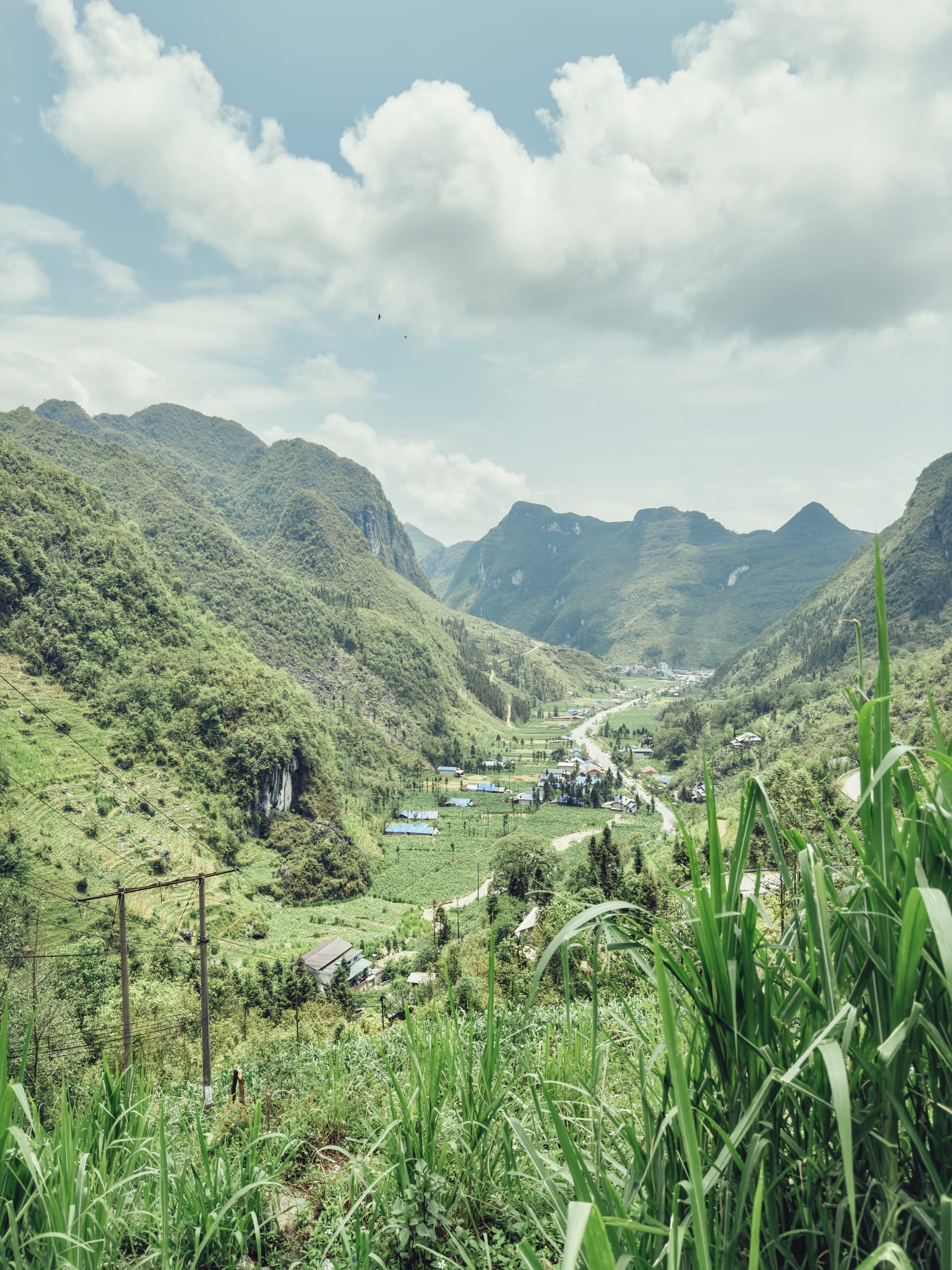
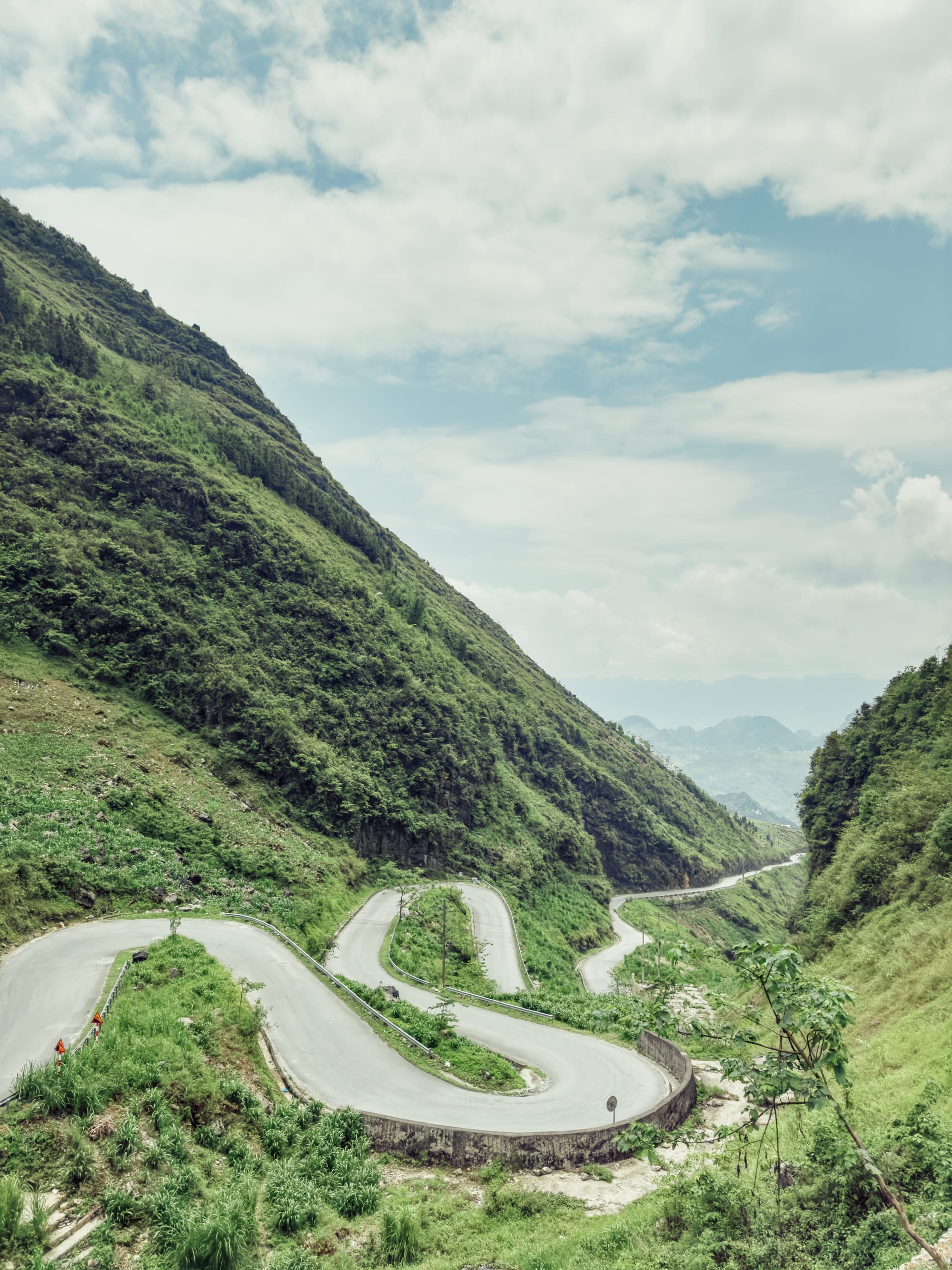
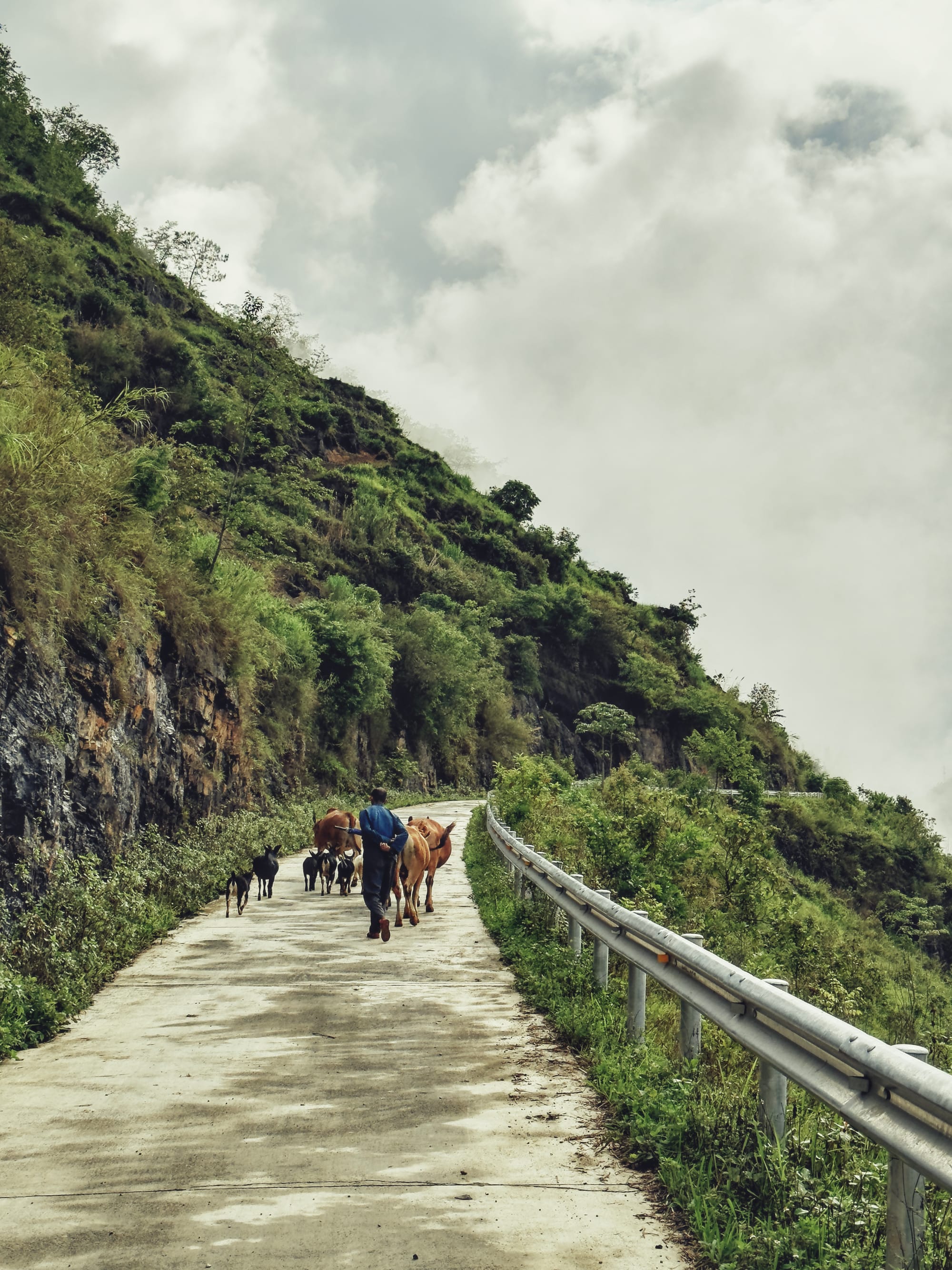
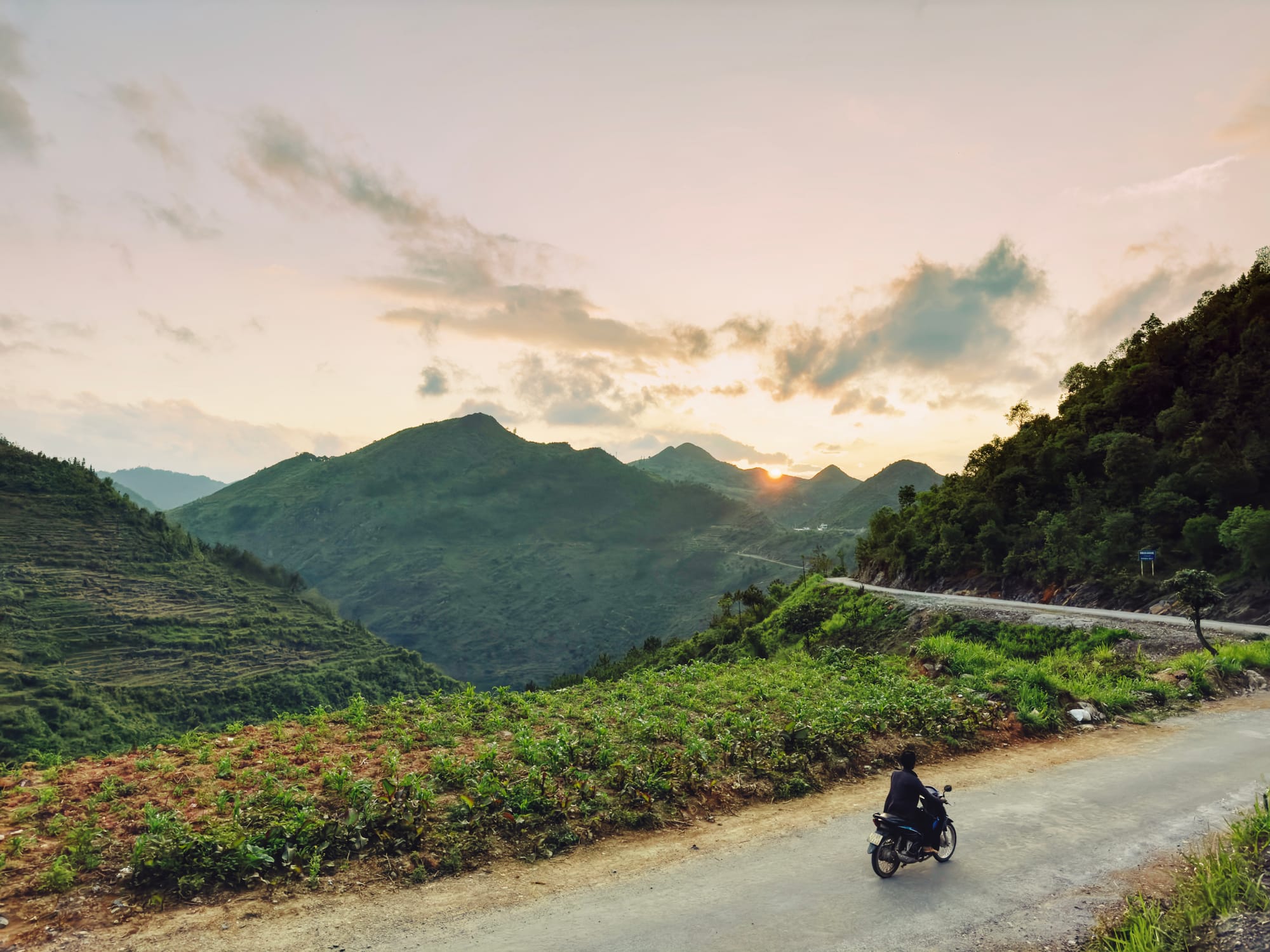
Nho Quế River
The Nho Quế River is a stunning natural wonder located in northeastern Vietnam, flowing through the provinces of Ha Giang and Cao Bang. Originating in China’s Yunnan Province, it stretches for 192 kilometers, with 46 kilometers within Vietnamese territory. The river is renowned for its breathtaking waters that wind through dramatic limestone cliffs and lush valleys, creating some of the most picturesque landscapes in the region.
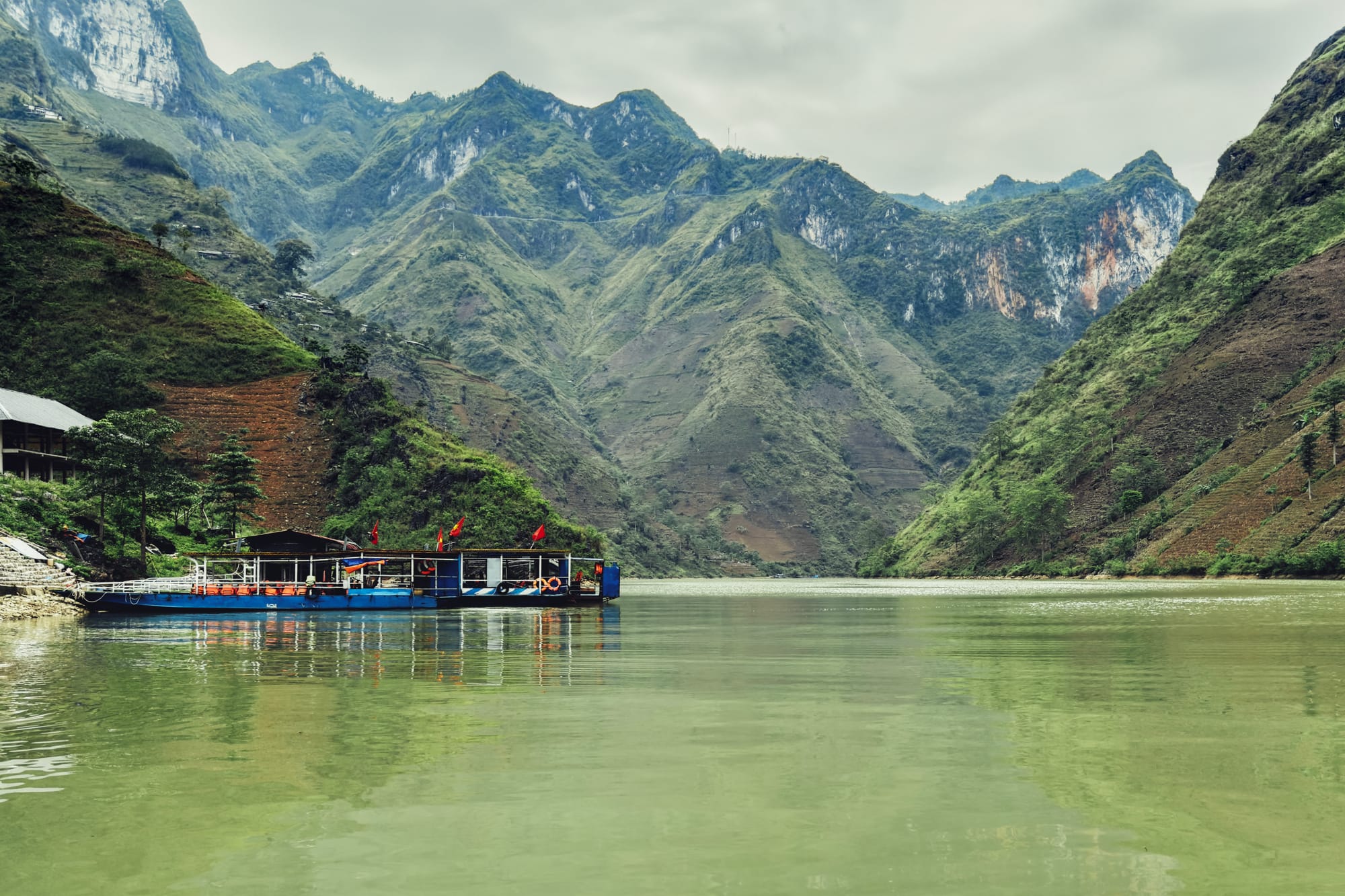
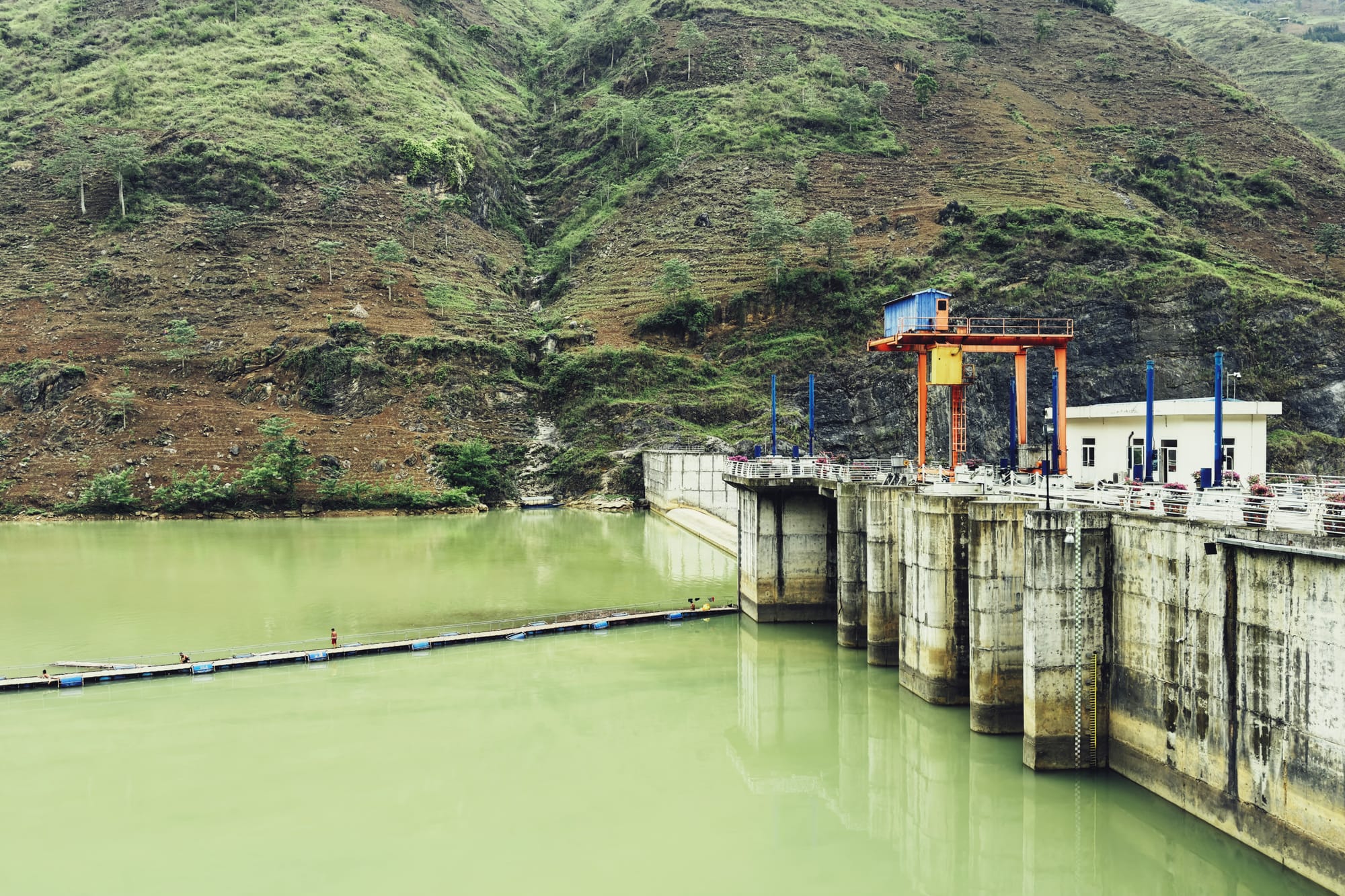
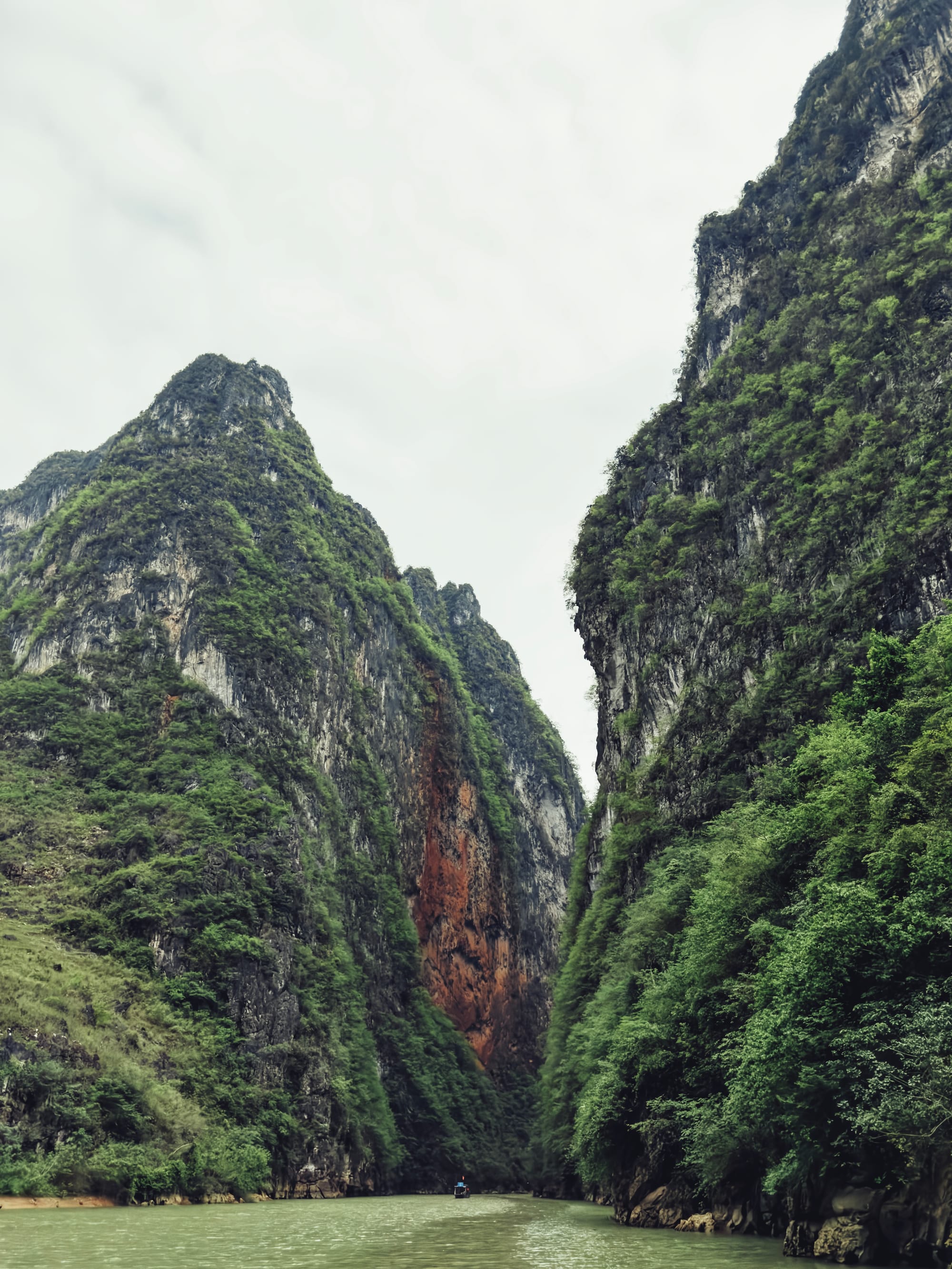
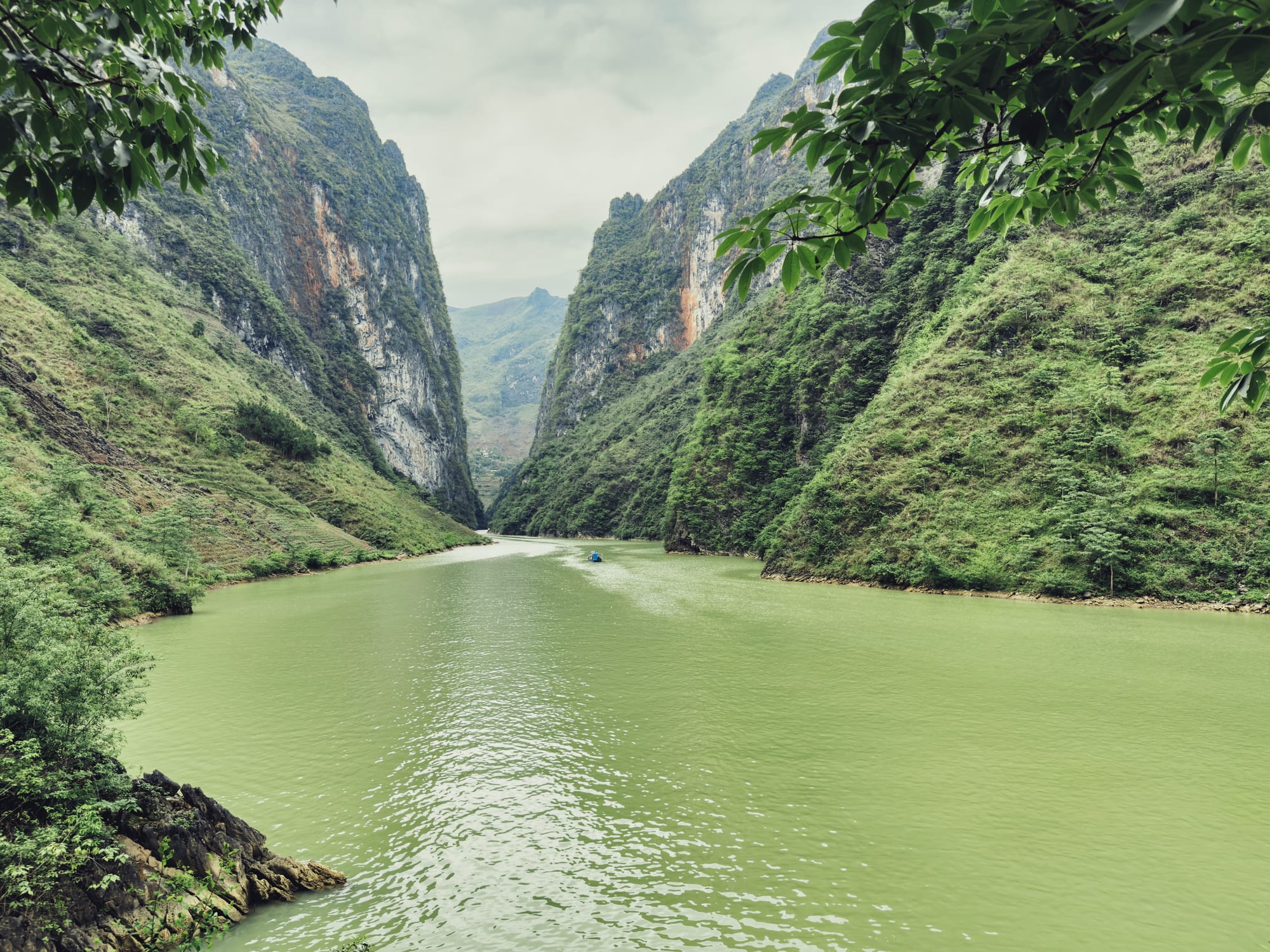
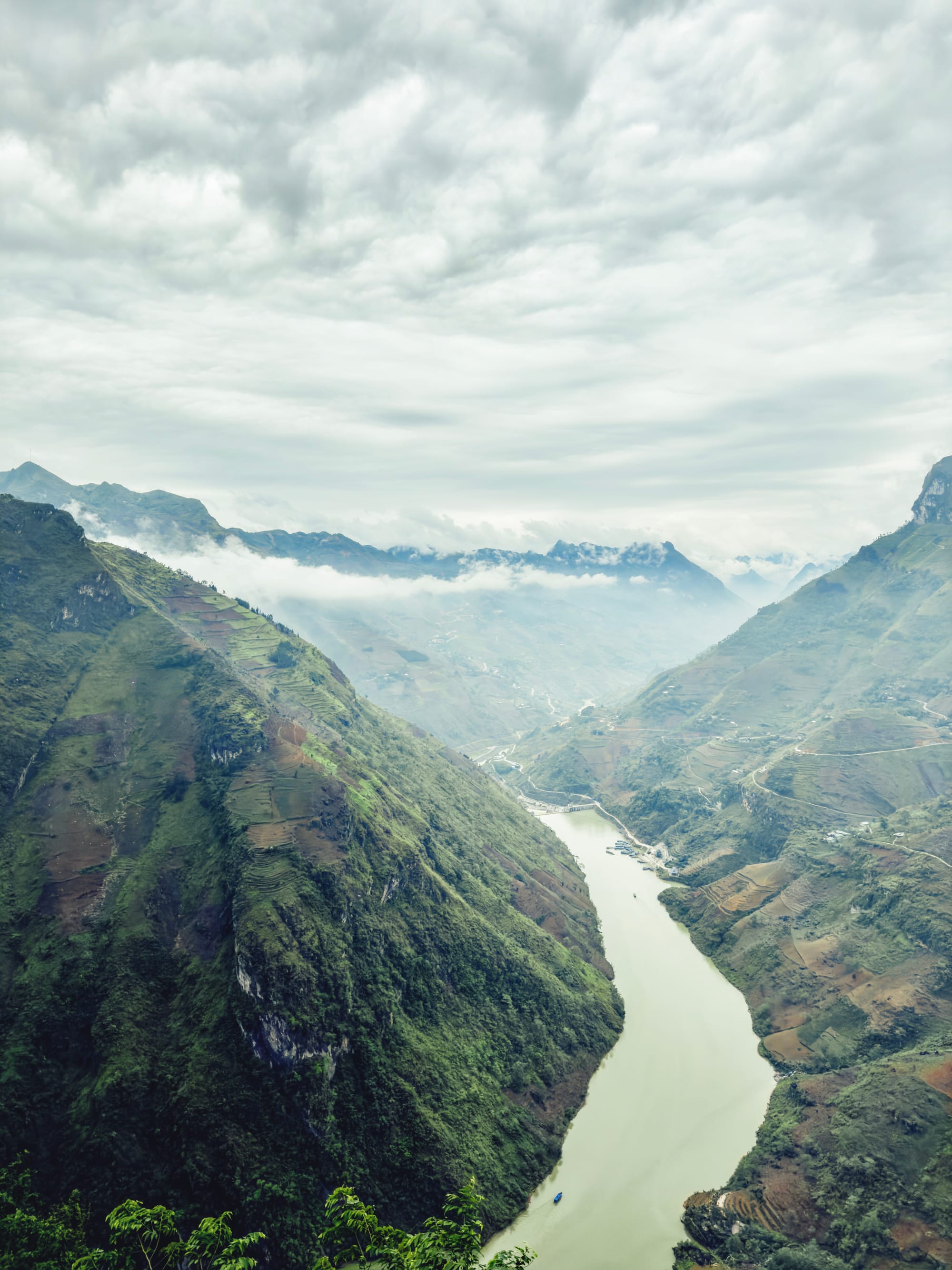
View of Nho Quế River from a riverside camping and the kayak they rent, and from the road overlooking the valley.
Hải Phòng and the Cát Bà island
Hải Phòng is a significant city and port located in northern Vietnam. With a population exceeding 2 million residents, it ranks as the third most populous city in the country and serves as a vital economic hub for the region. Situated approximately 100 kilometers from Hanoi, Hải Phòng plays a crucial role as the primary maritime port for northern Vietnam, facilitating trade and transportation.
Cát Bà Island is the largest island in the Cát Bà Archipelago, which is part of Hải Phòng Province. Known for its stunning natural beauty, the island features a diverse landscape that includes limestone mountains, lush forests, and pristine beaches. Cát Bà is also home to Cát Bà National Park, a UNESCO Biosphere Reserve that protects a variety of ecosystems and wildlife, making it a popular destination for eco-tourism and outdoor activities such as hiking, kayaking, and rock climbing.
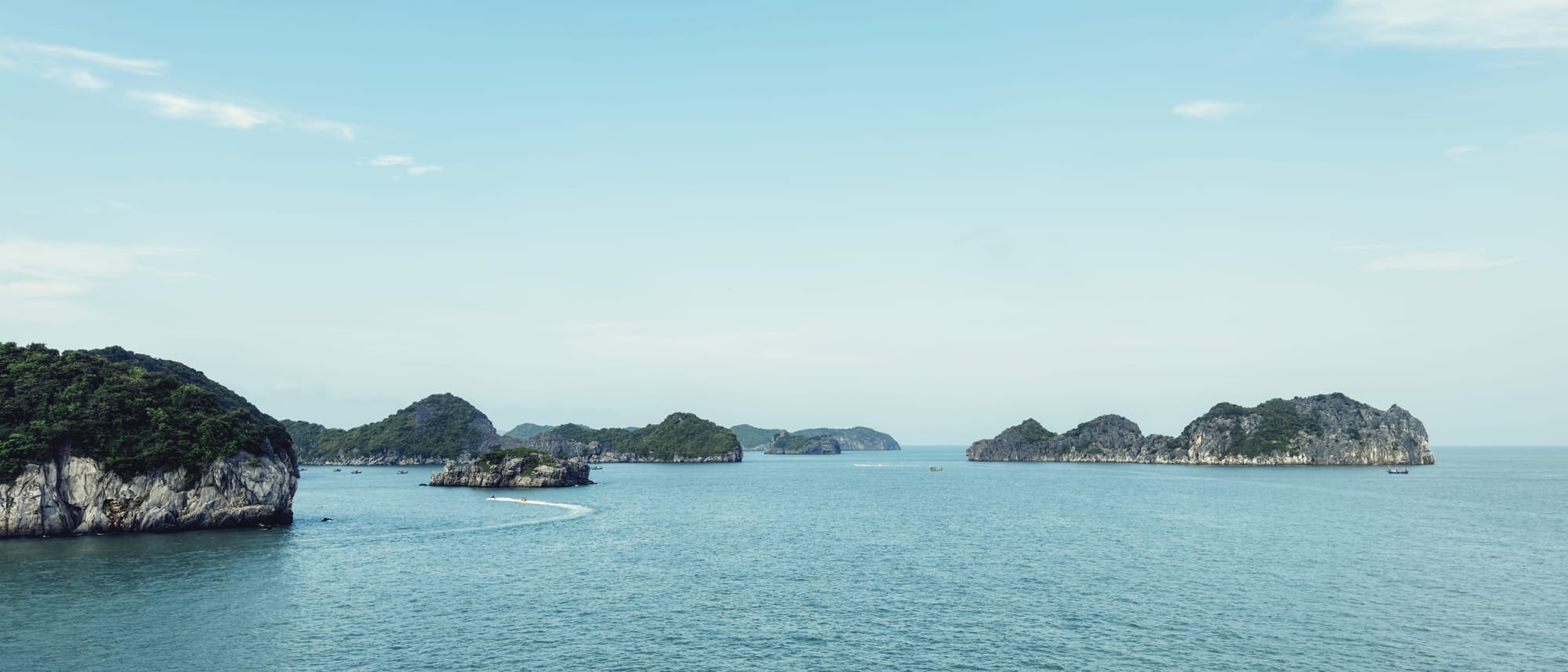
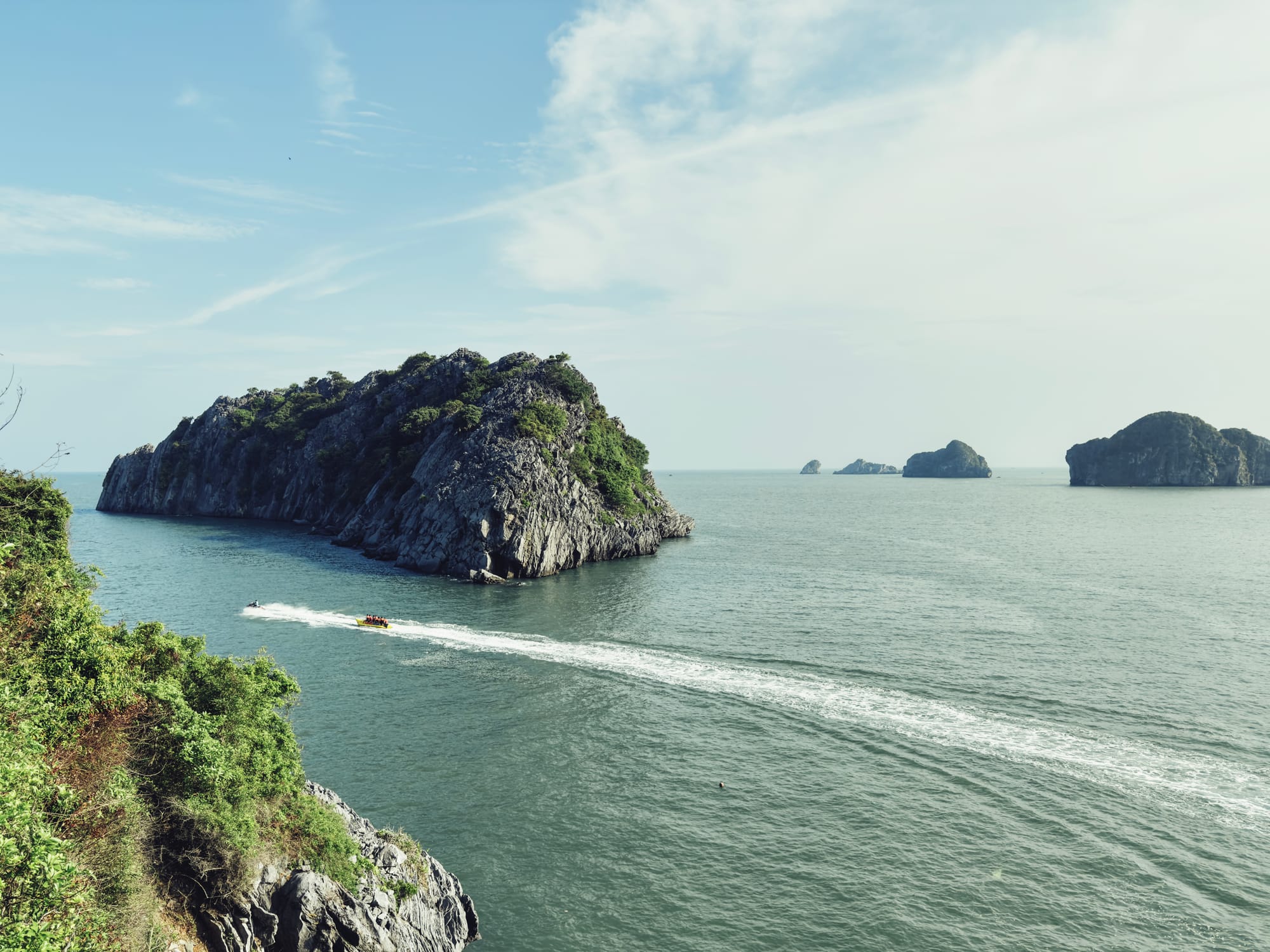
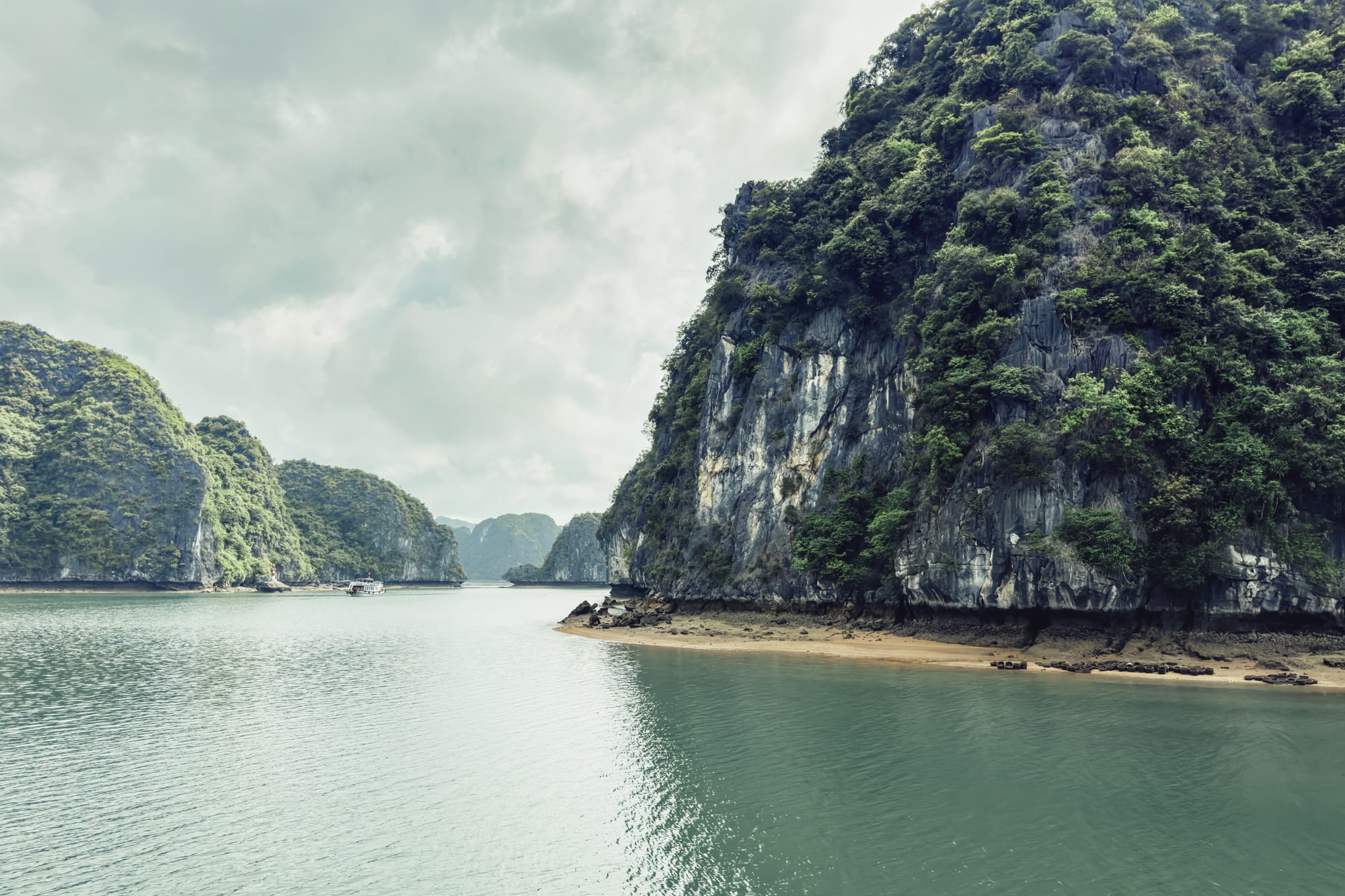
The island’s main town, Cát Bà Town, serves as a hub for visitors and offers various accommodations, restaurants, and services. With its rich biodiversity and picturesque scenery, Cát Bà Island attracts both domestic and international tourists seeking adventure and tranquility in a natural setting. Additionally, the island plays a crucial role in local fishing and agriculture, contributing to the economy of the region.
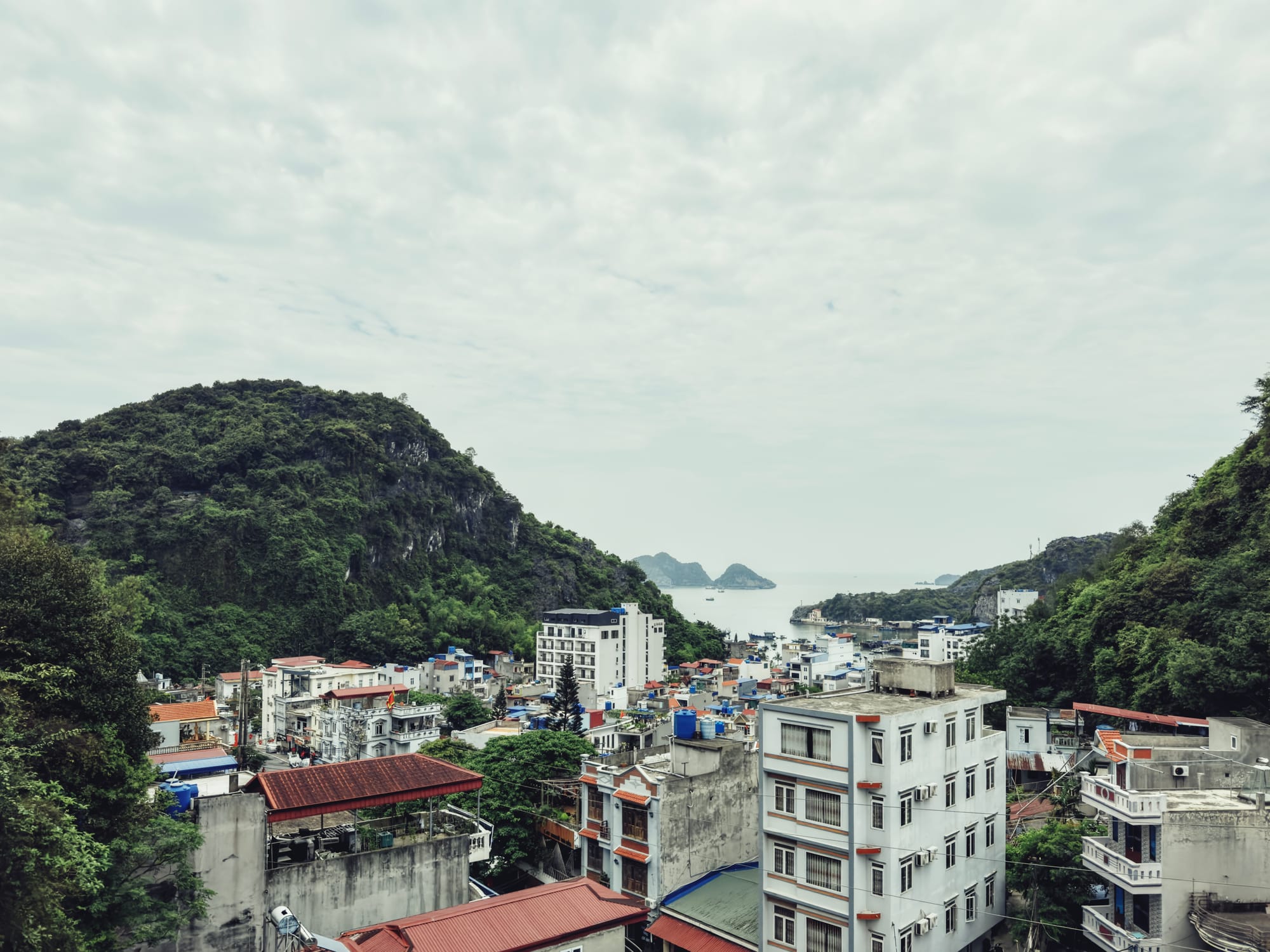
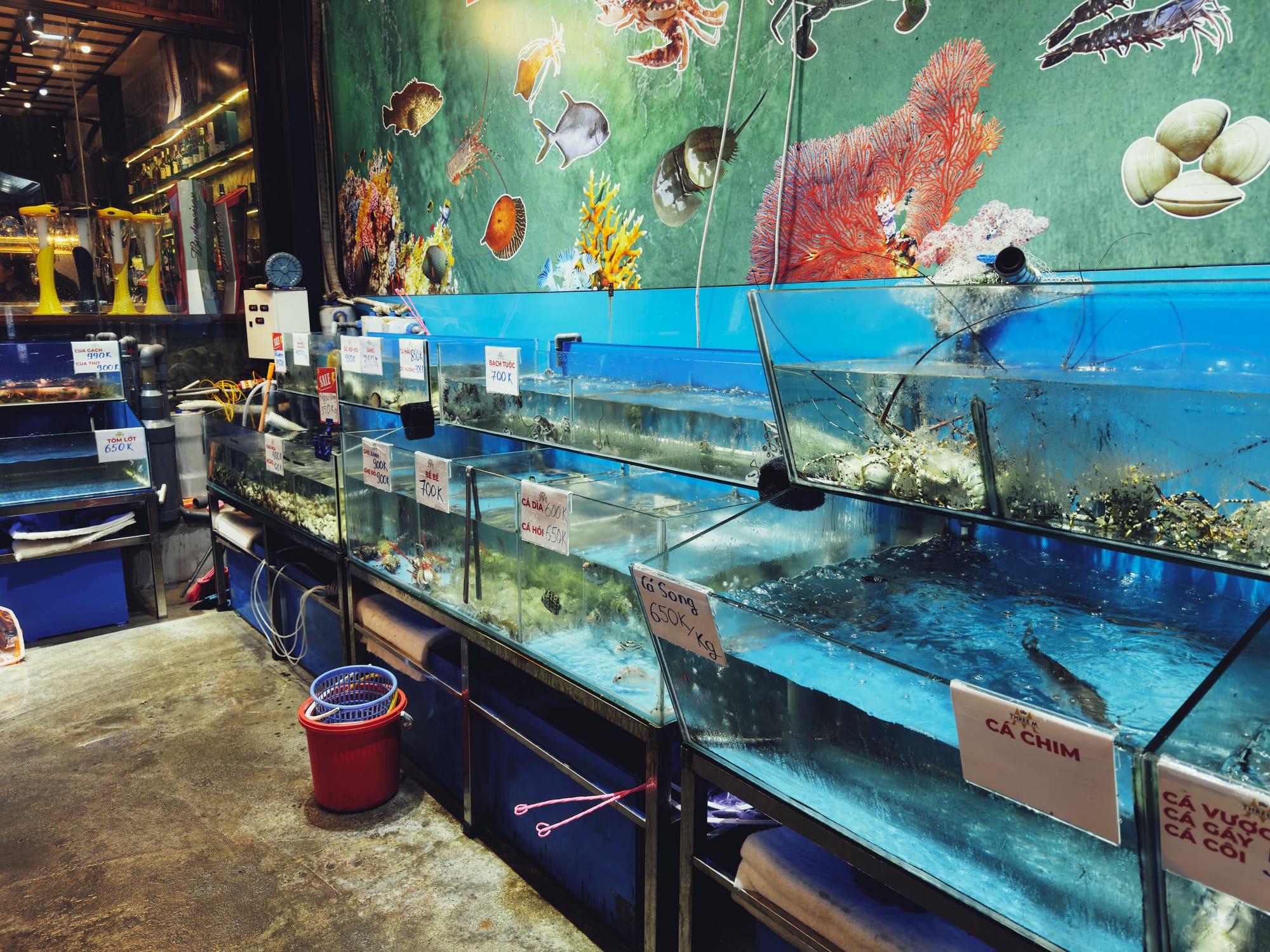
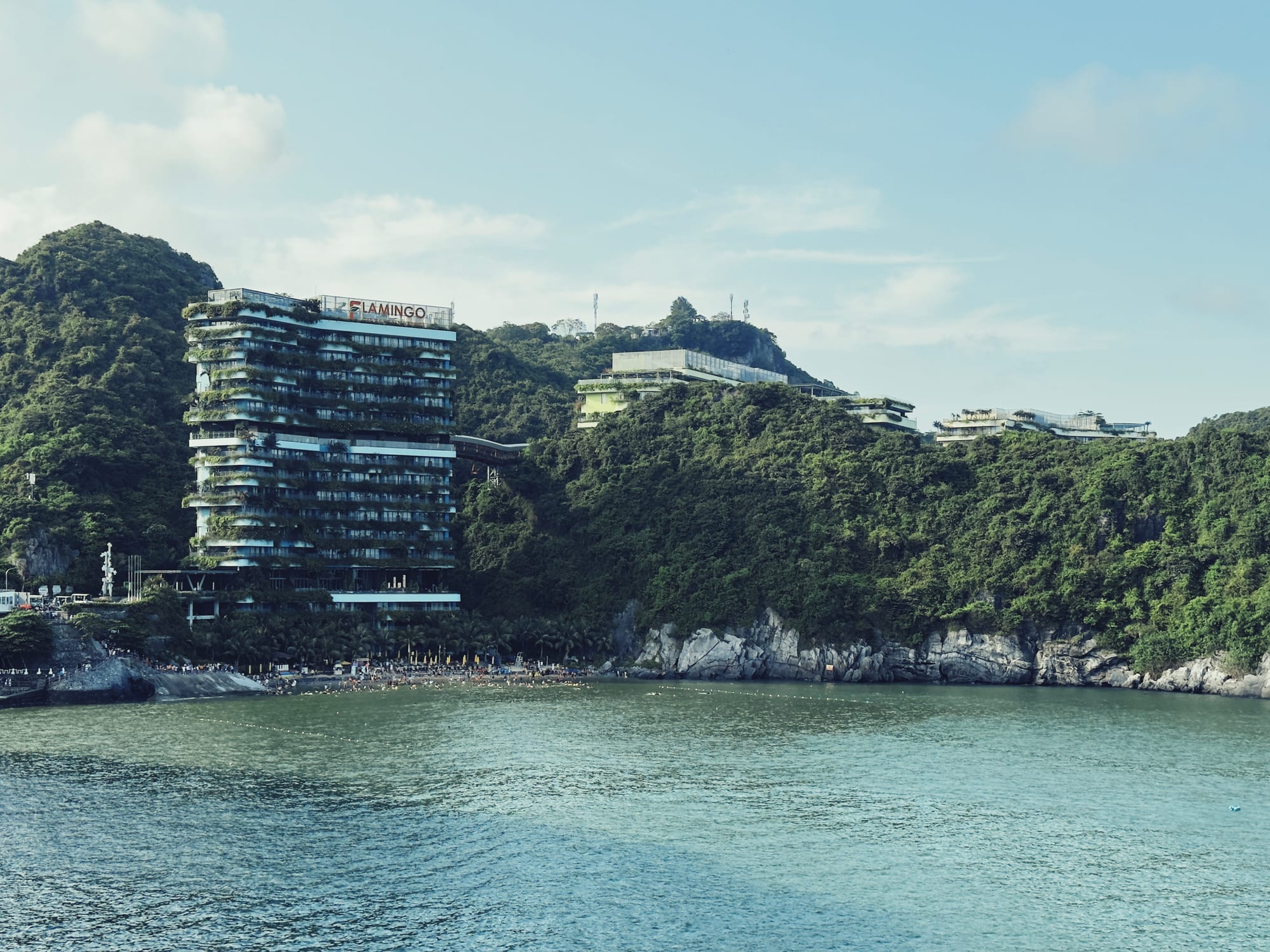
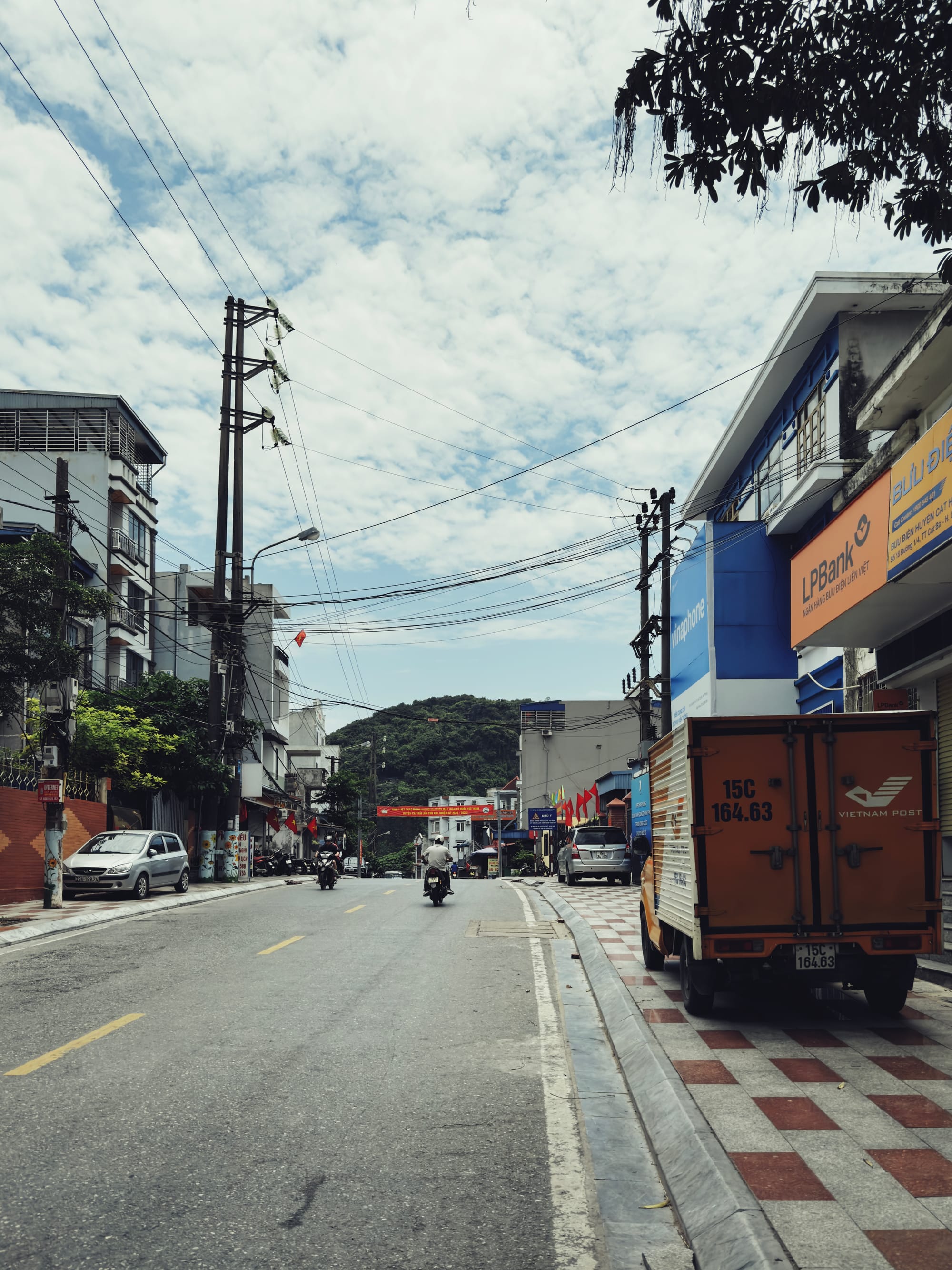
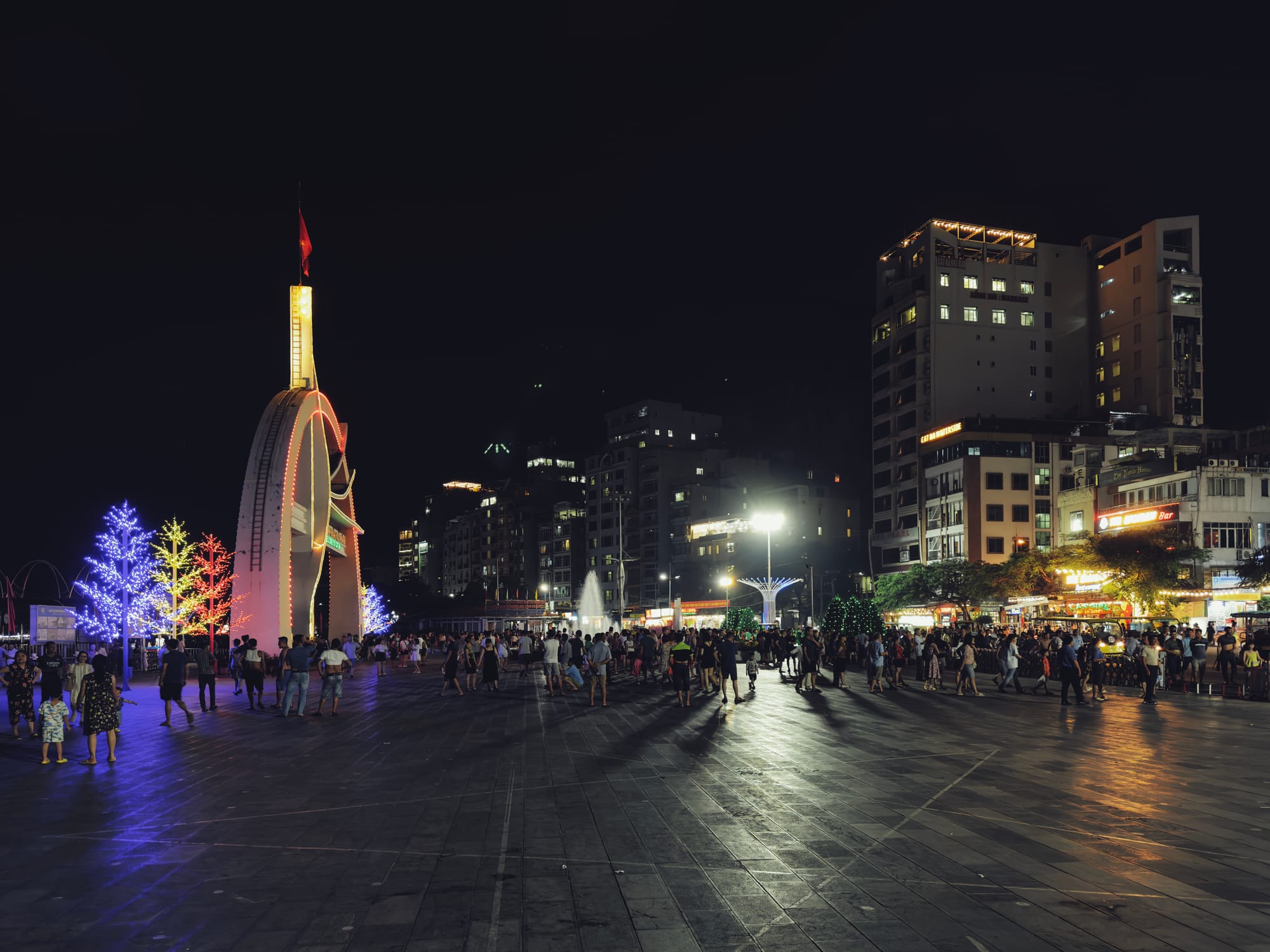
Cát Bà Town serves as a hub for visitors and offers various accommodations, restaurants, and services.
Hồ Chí Minh
Hồ Chí Minh-Ville is the largest city in Vietnam and serves as its economic powerhouse. Located in the southern part of the country, it has a population of over 9 million residents, making it a vibrant and bustling metropolis. The city is known for its rich history, blending French colonial architecture with modern skyscrapers, and it features iconic landmarks such as the Notre-Dame Cathedral, the Saigon Opera House, and the Reunification Palace.
